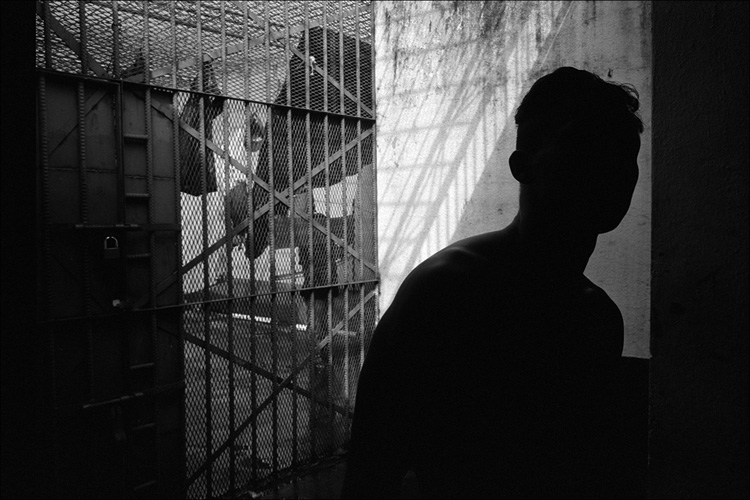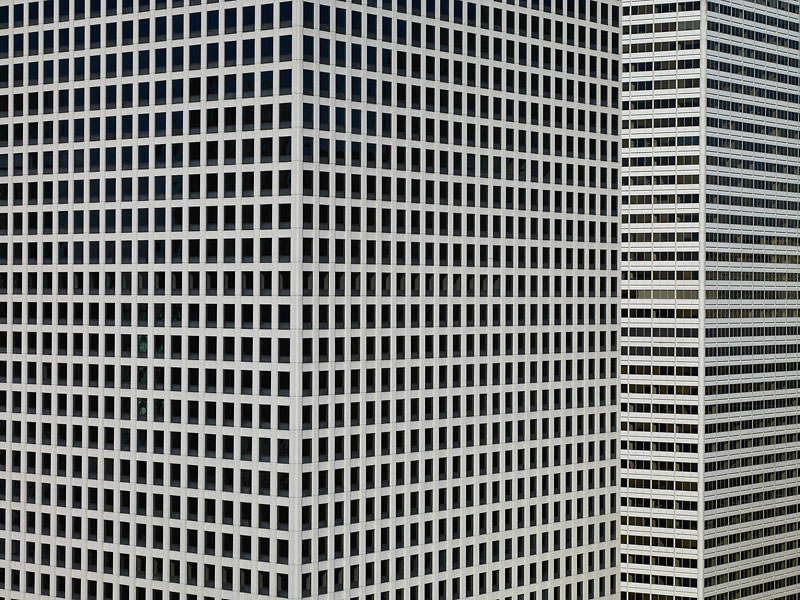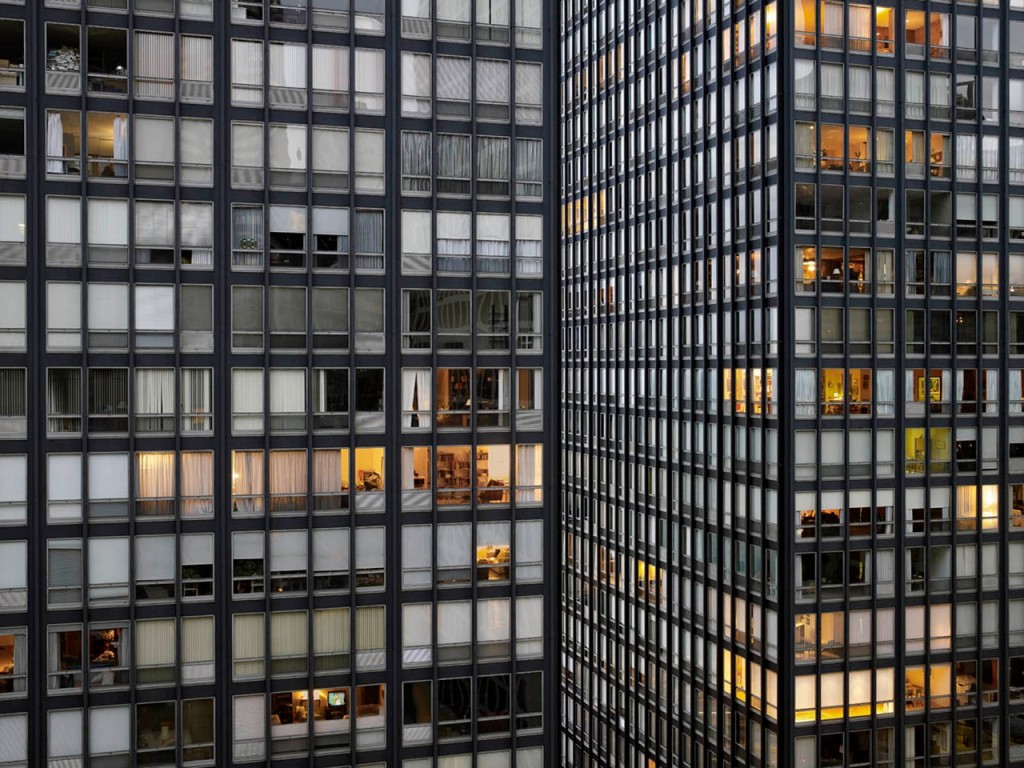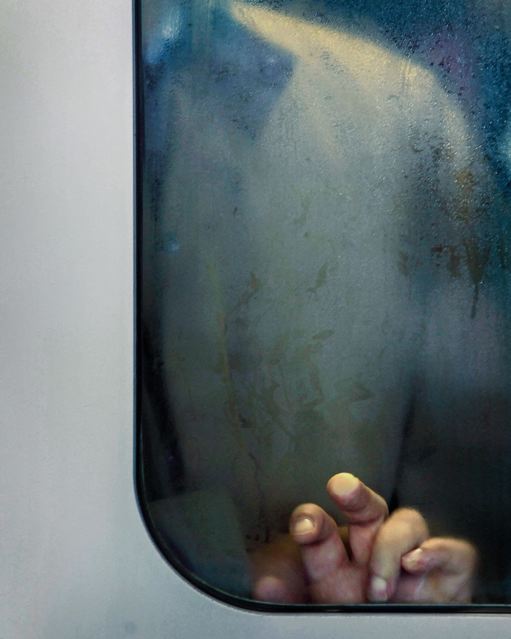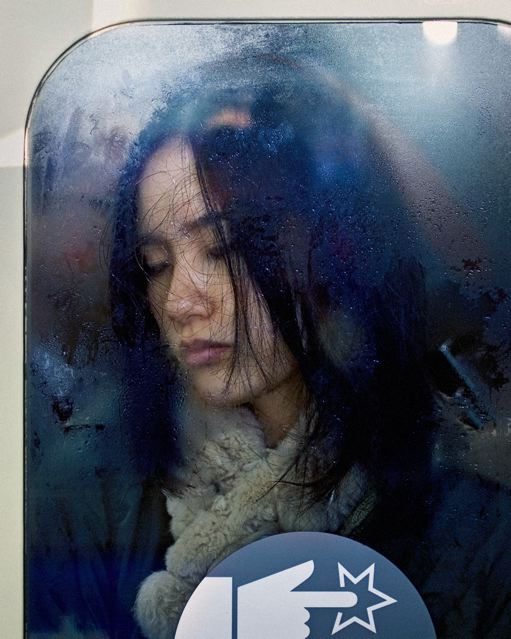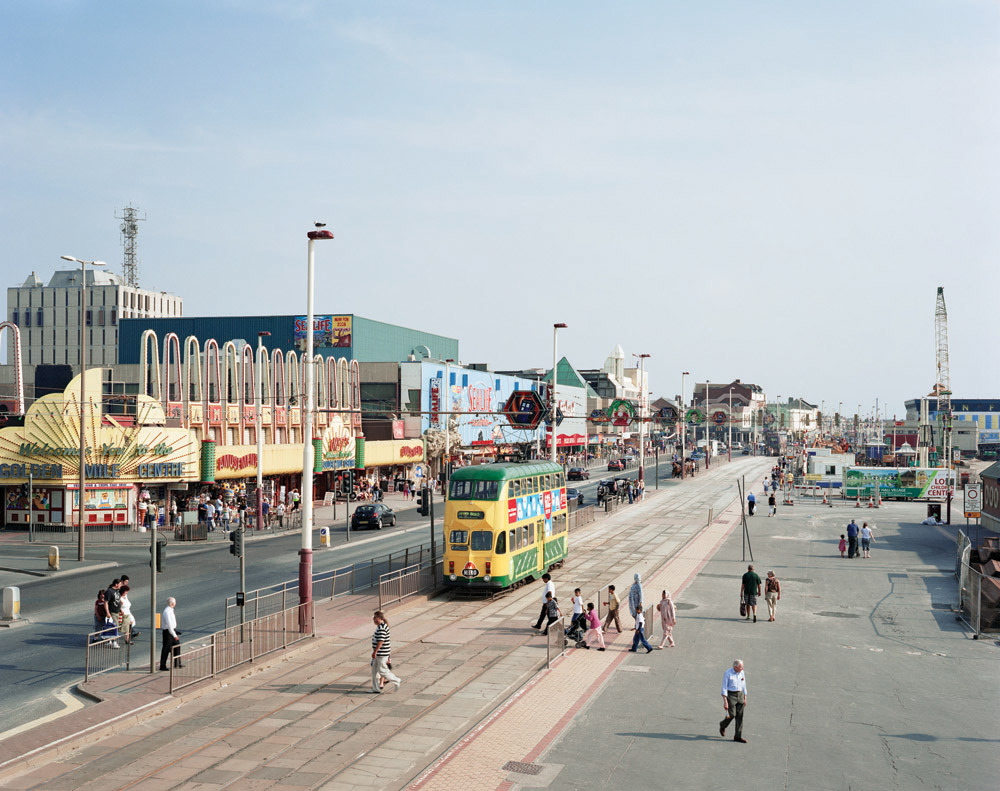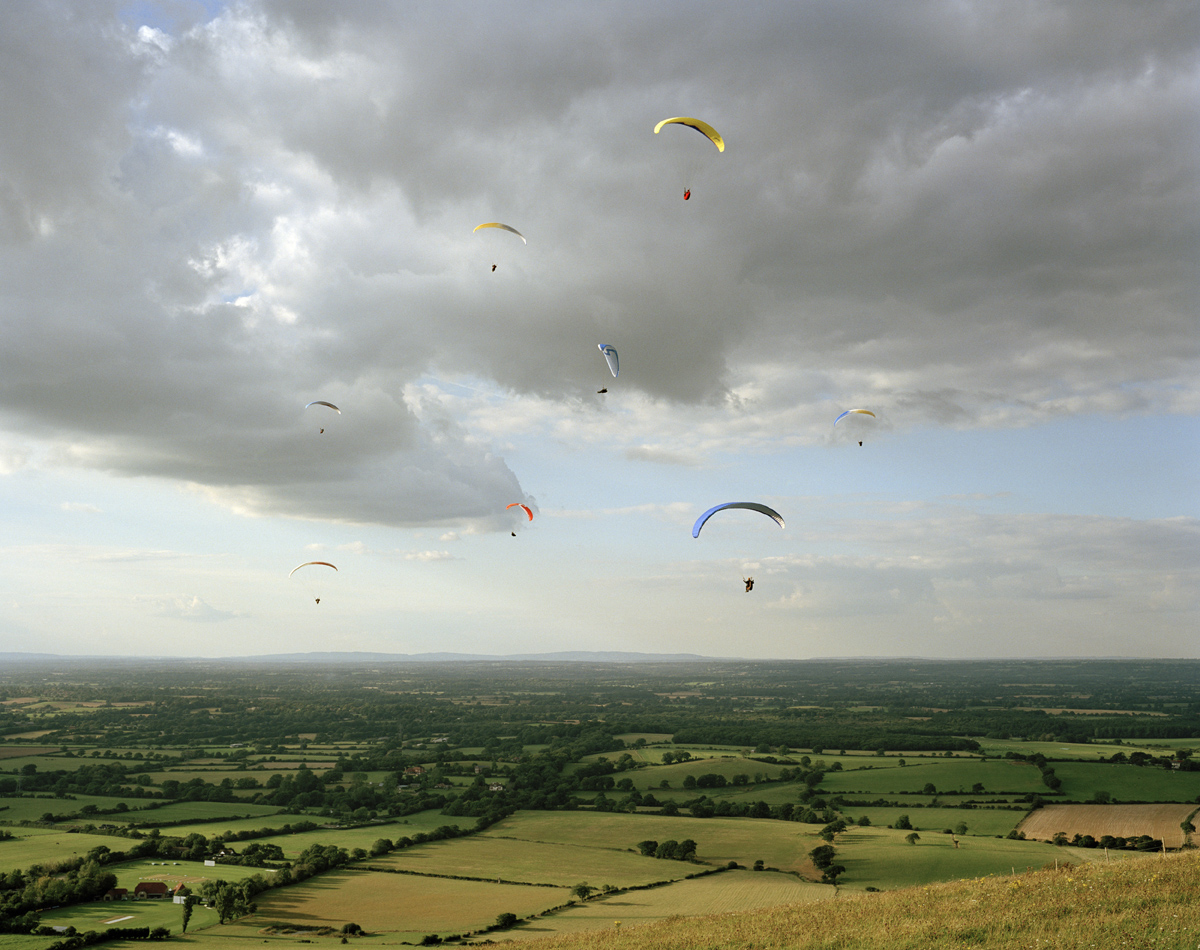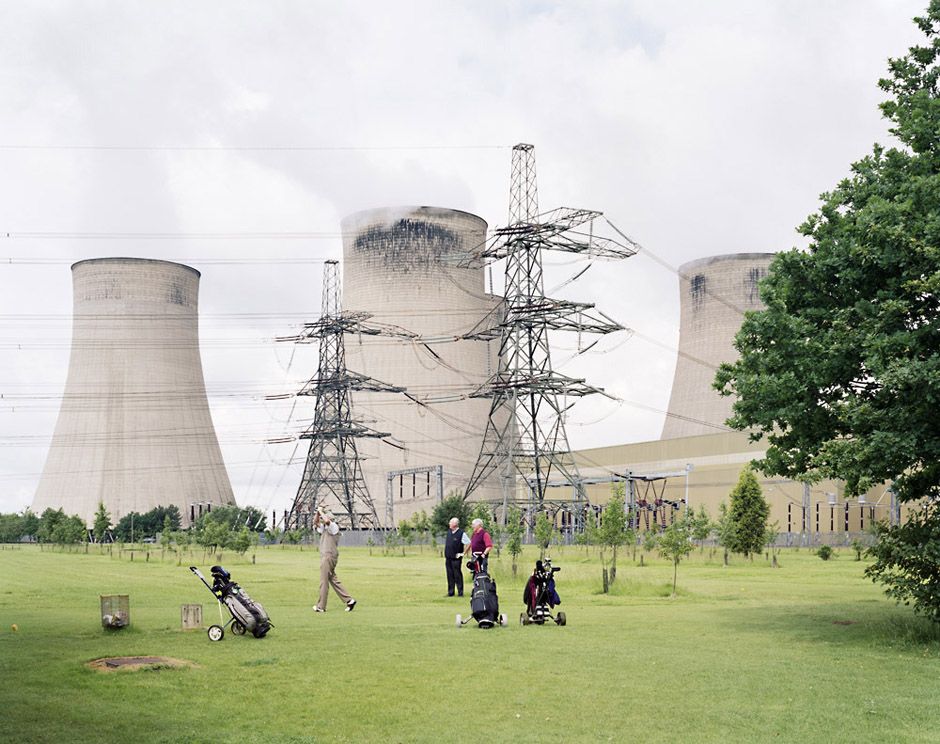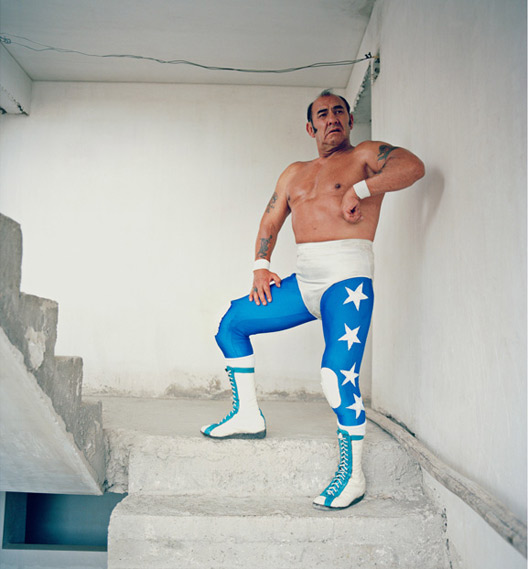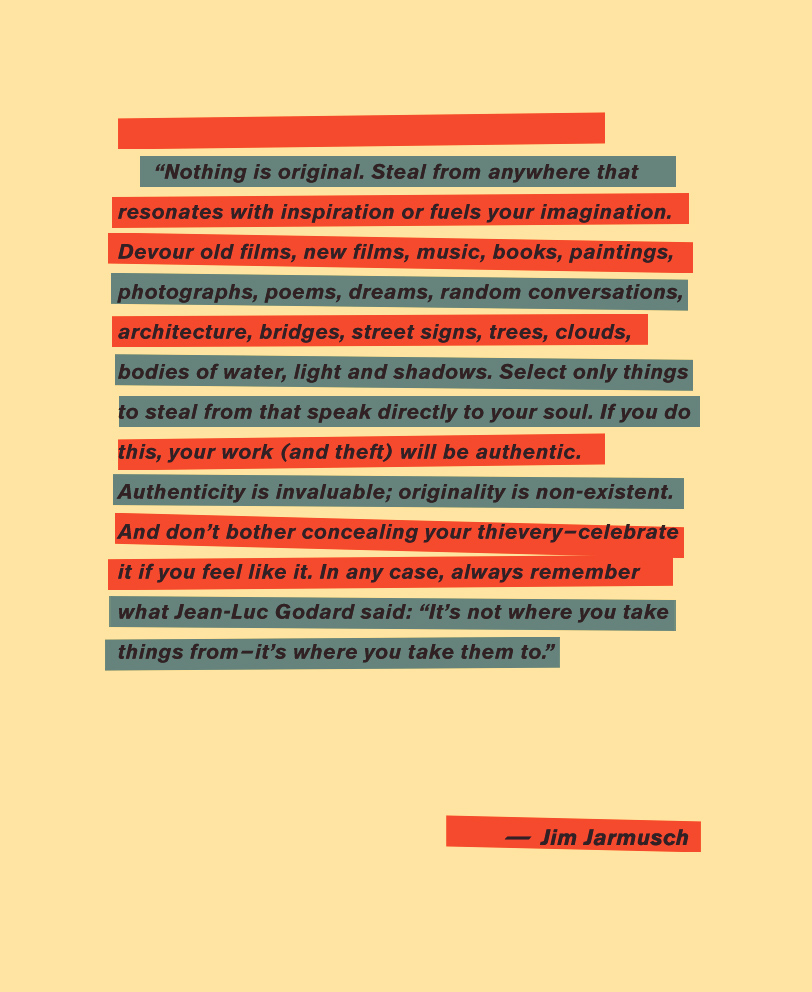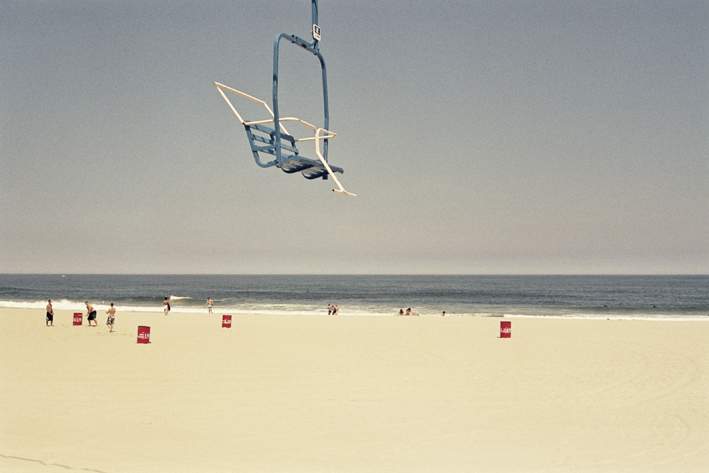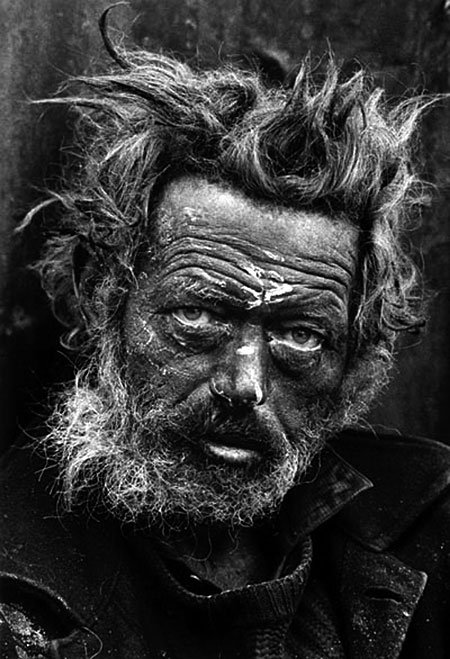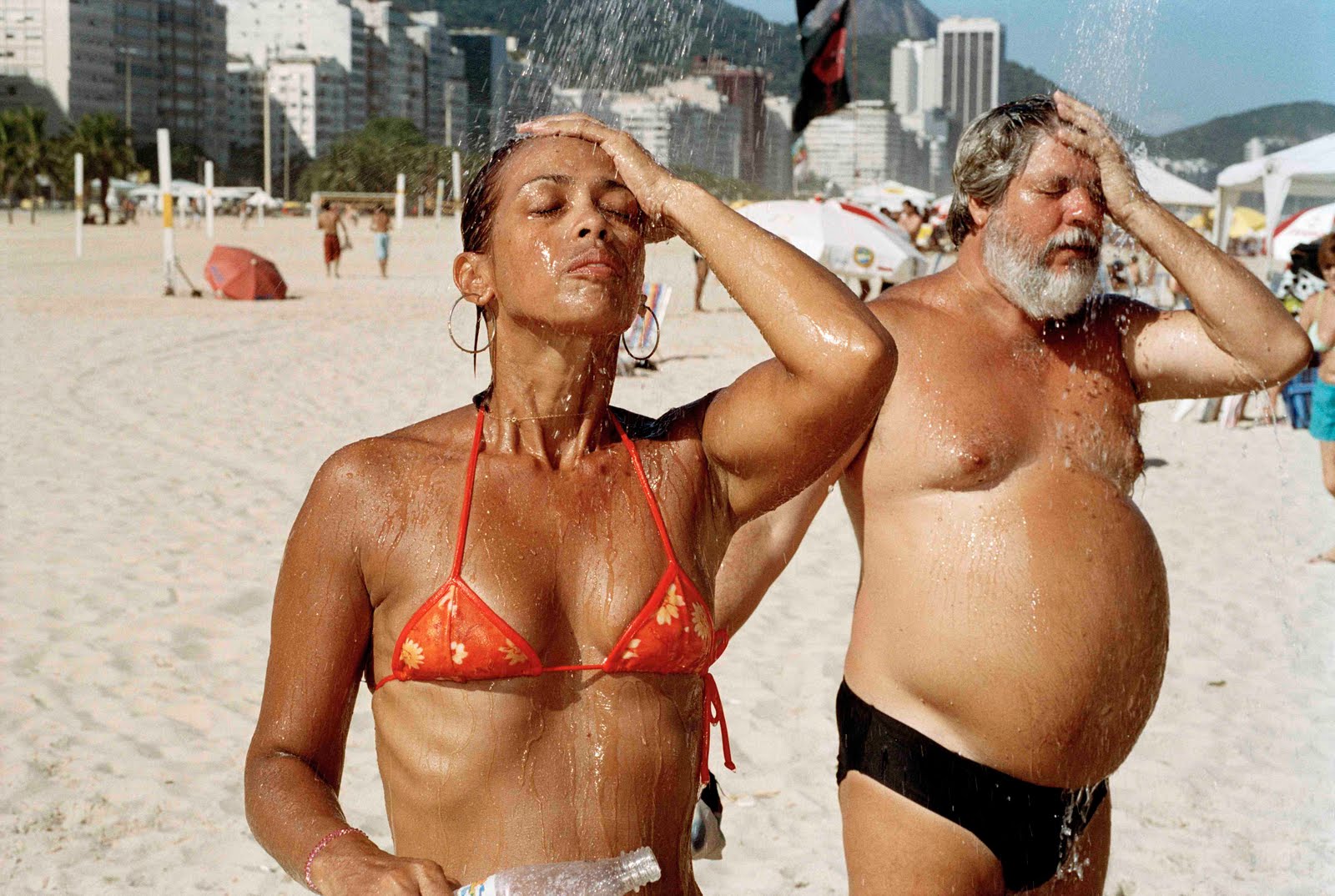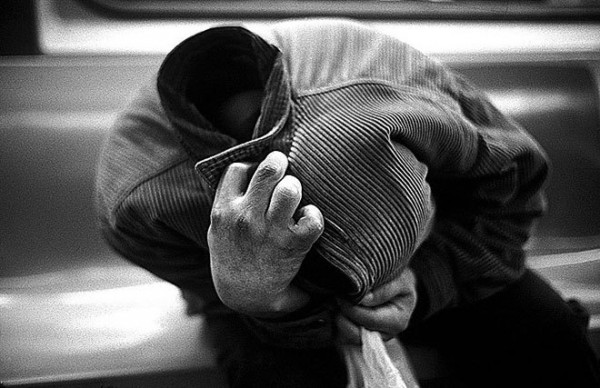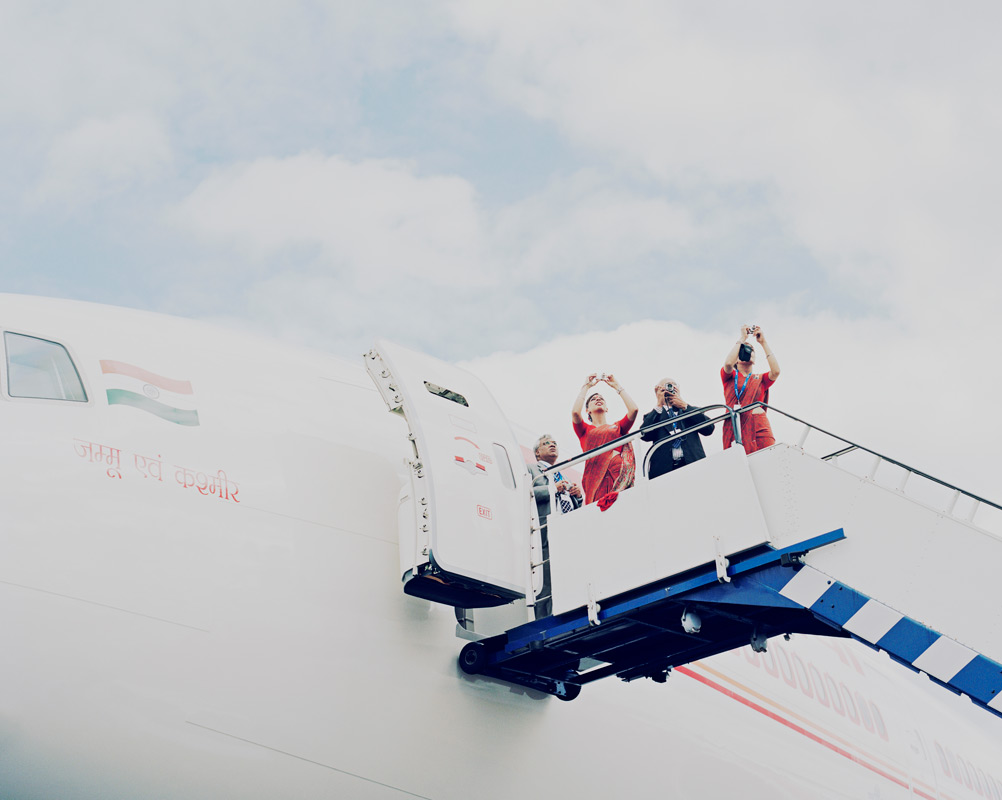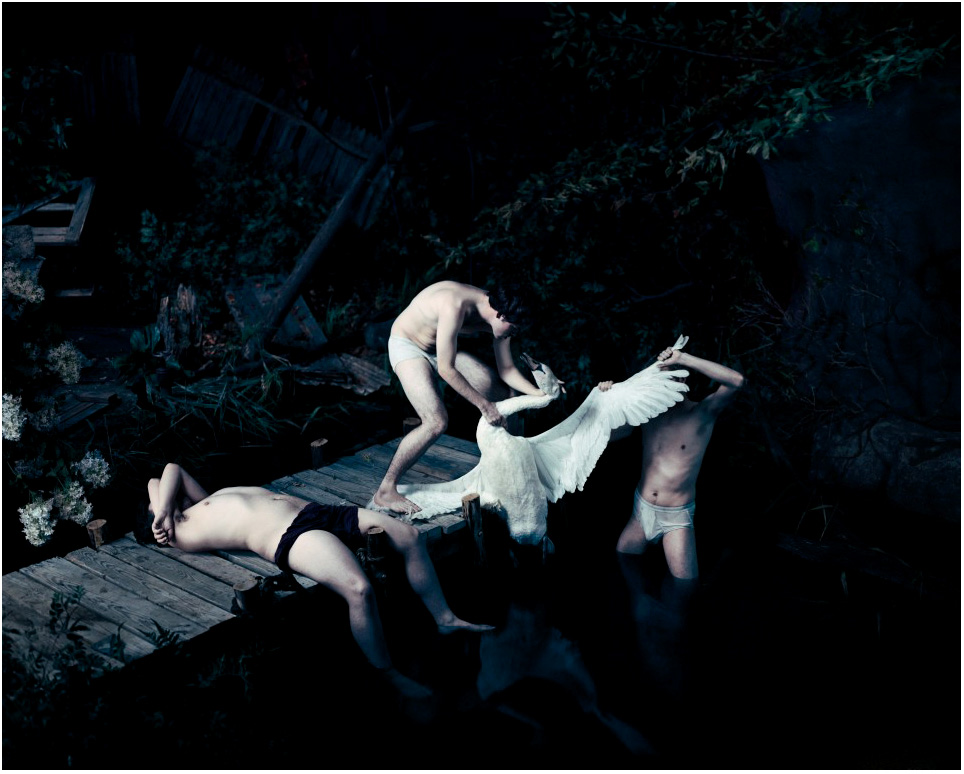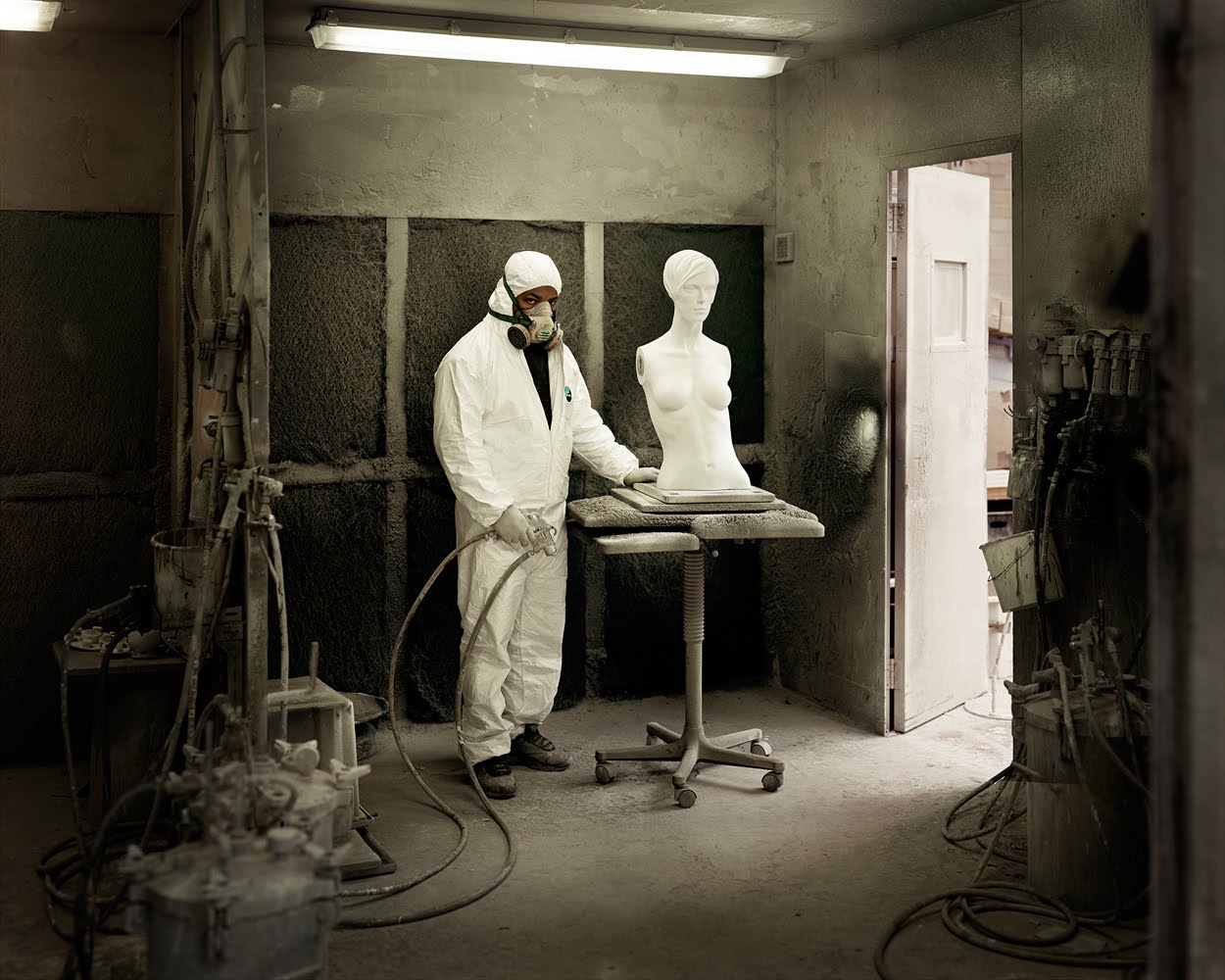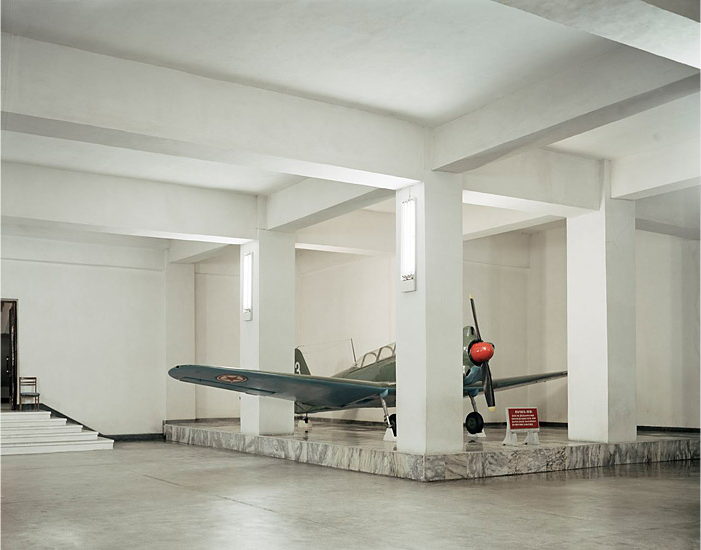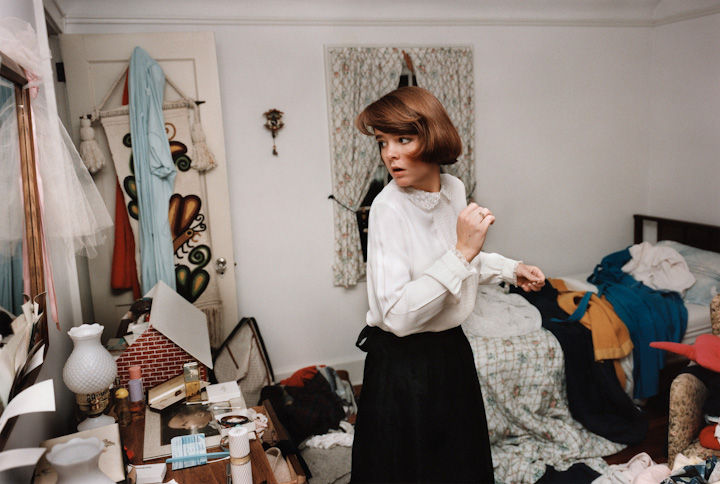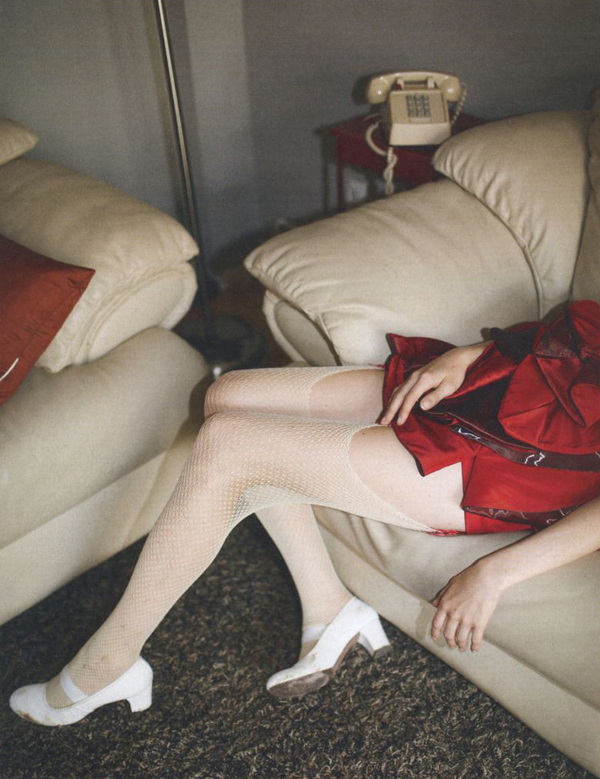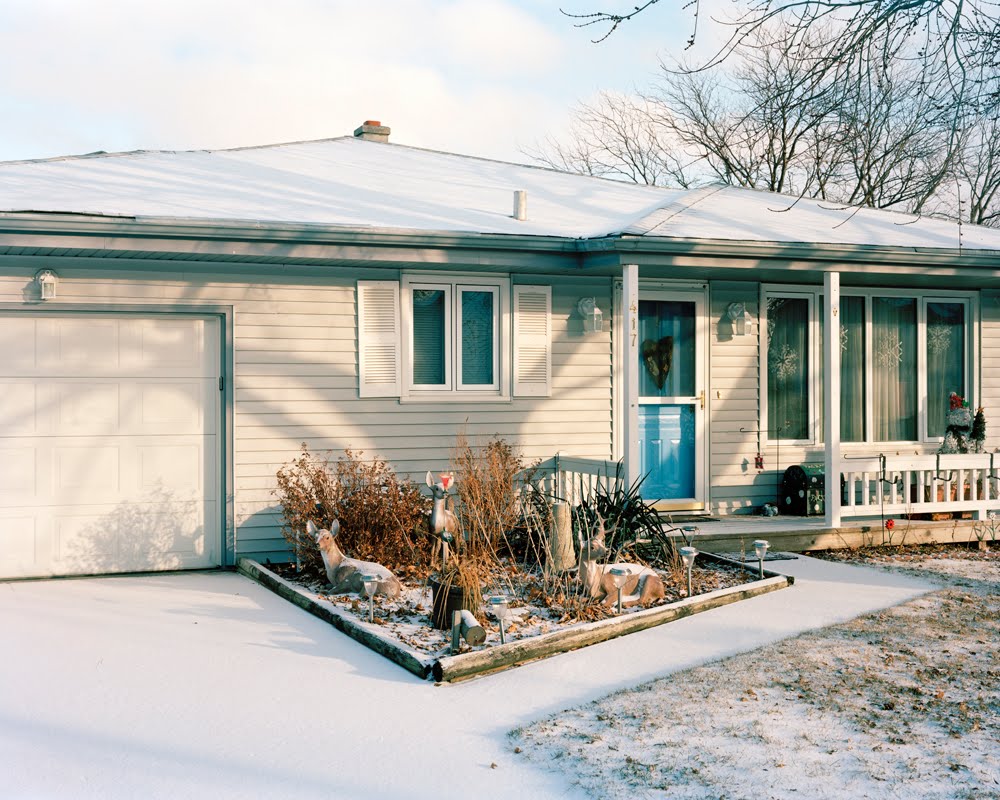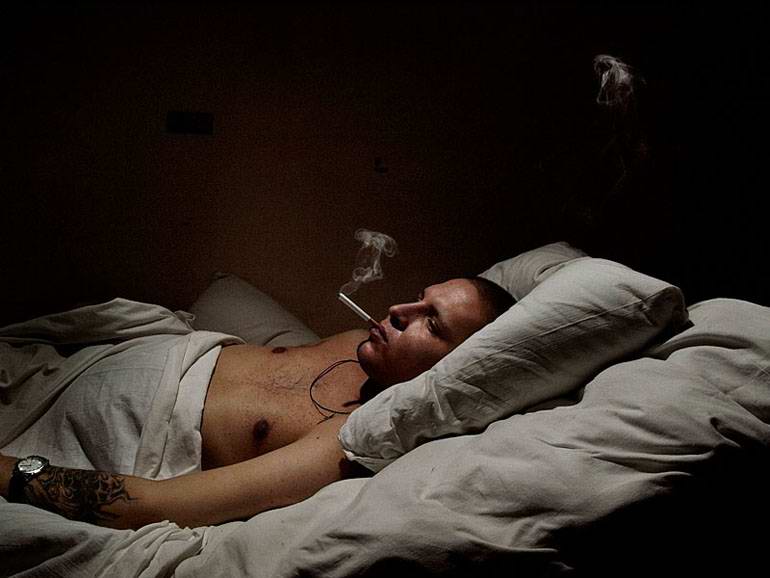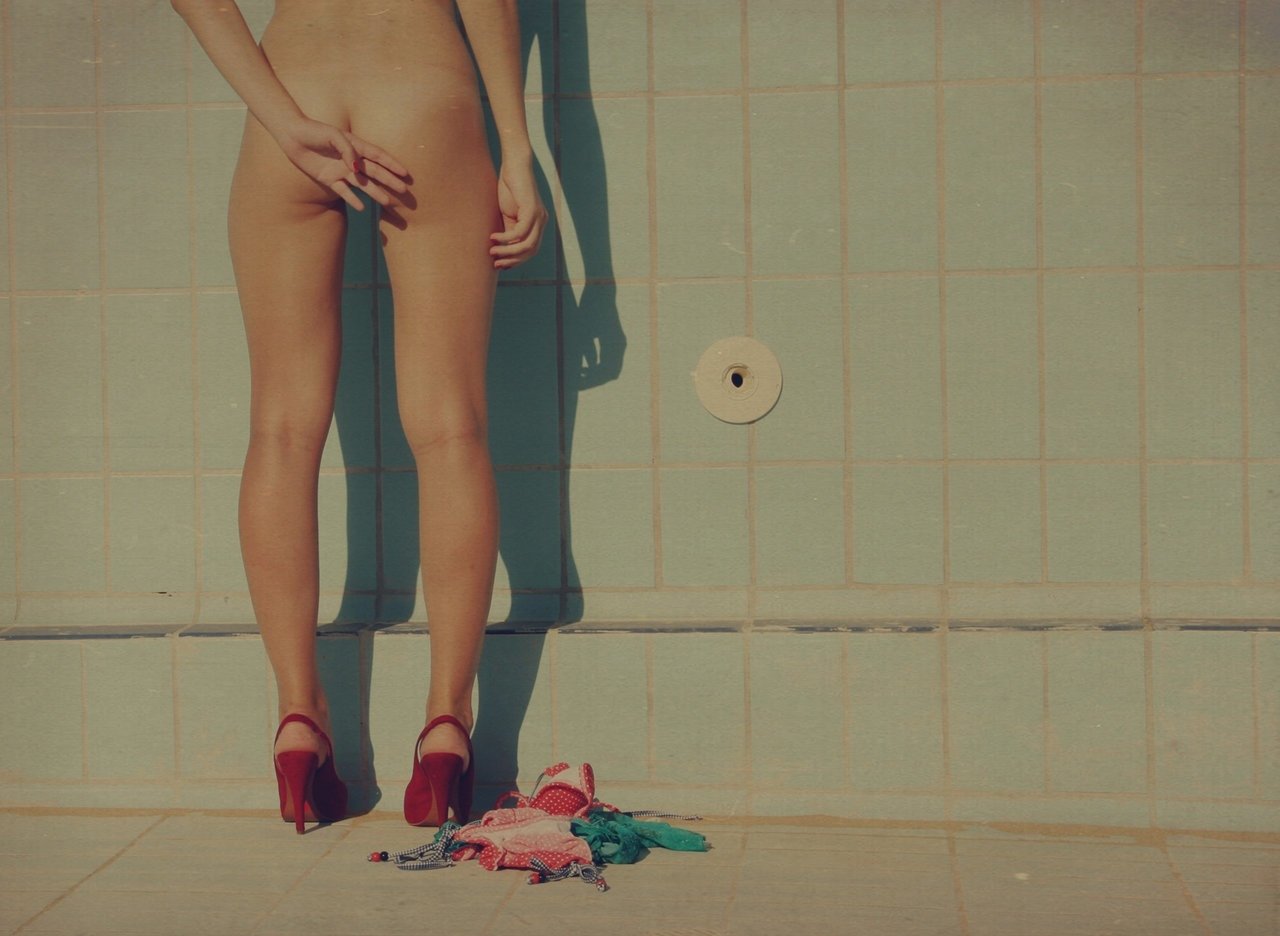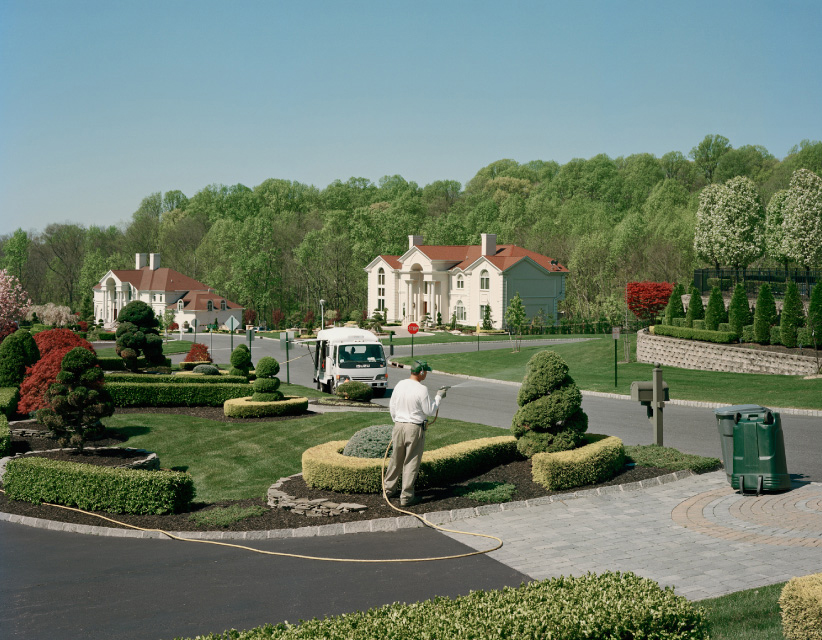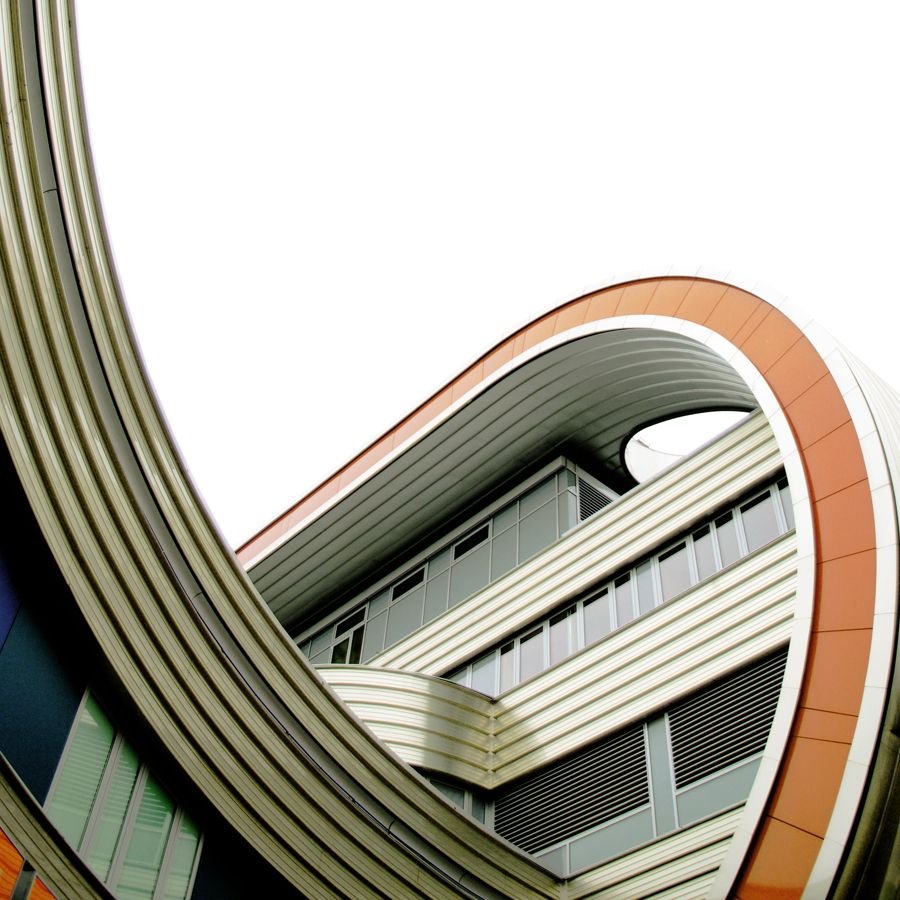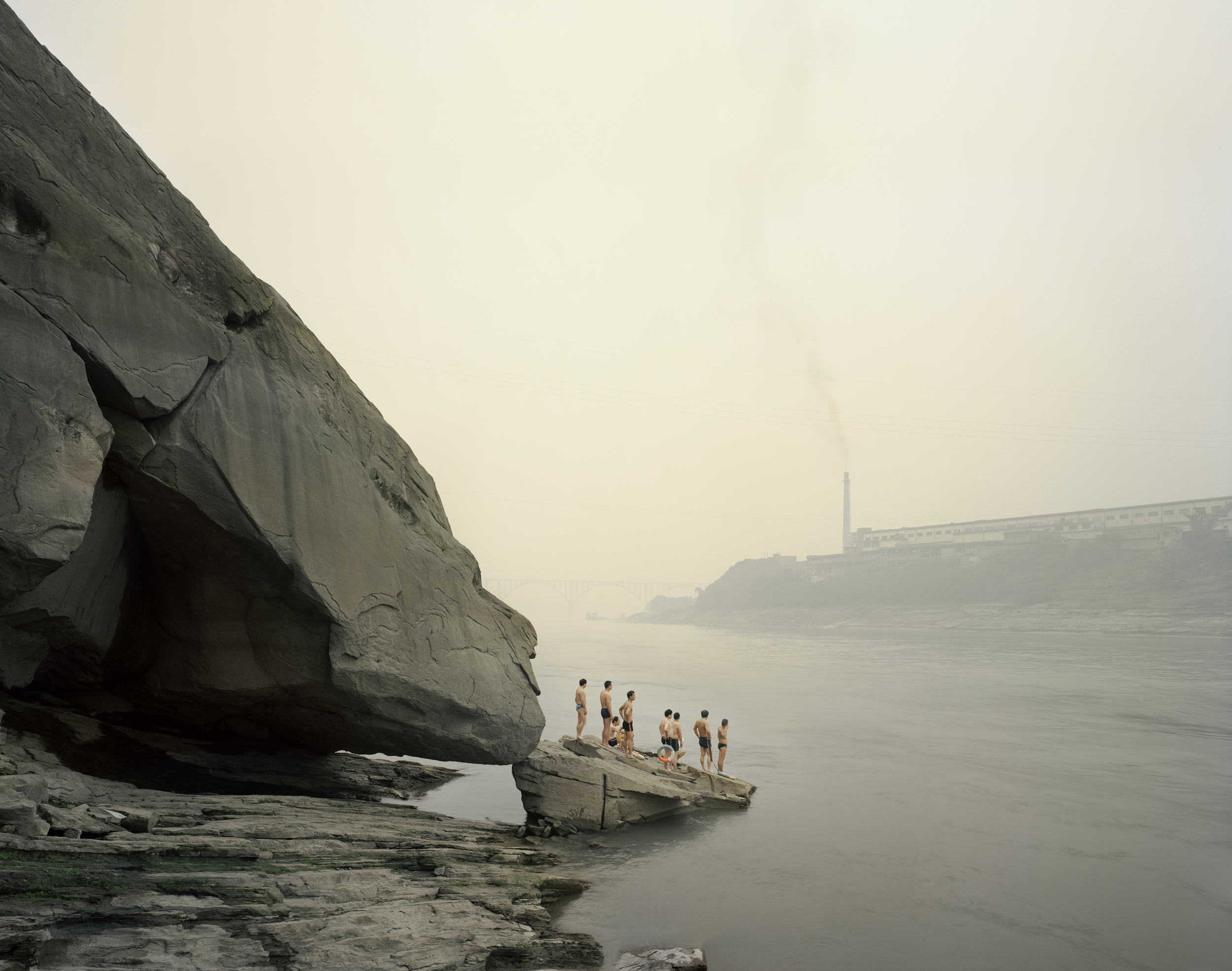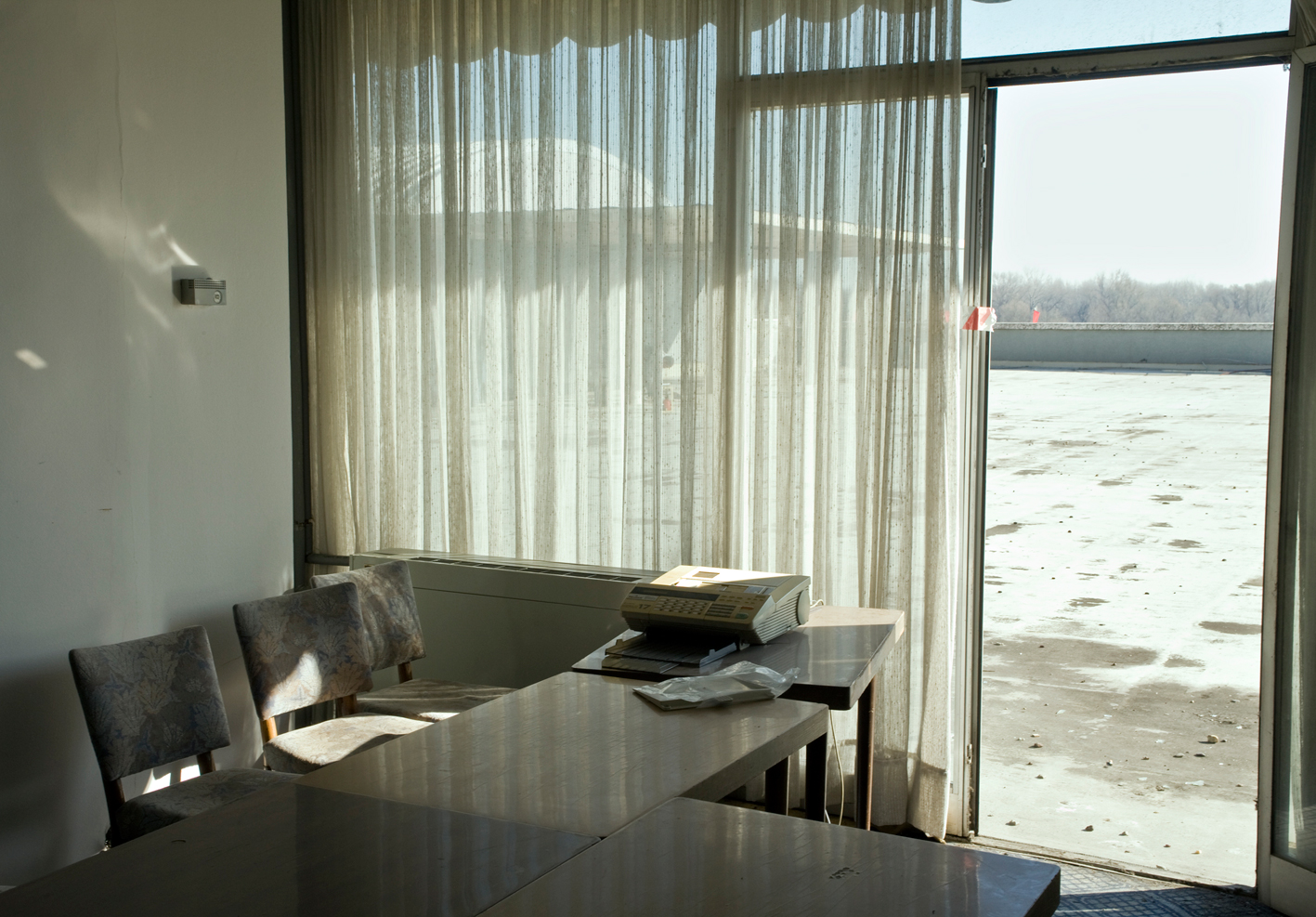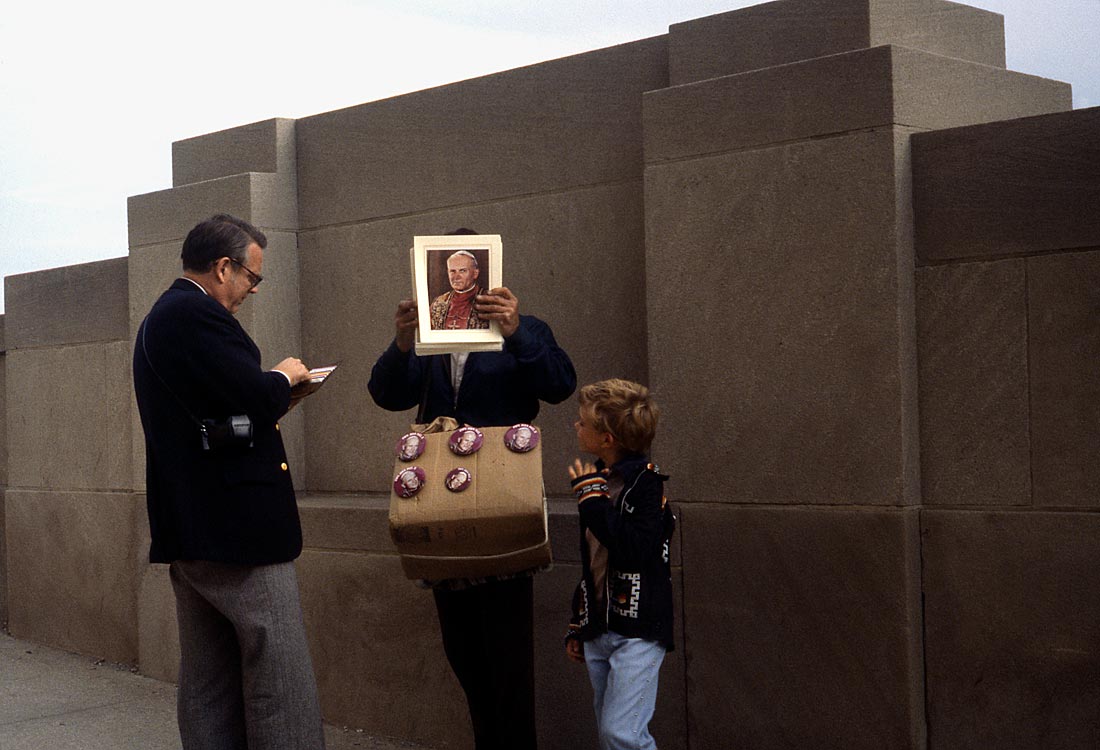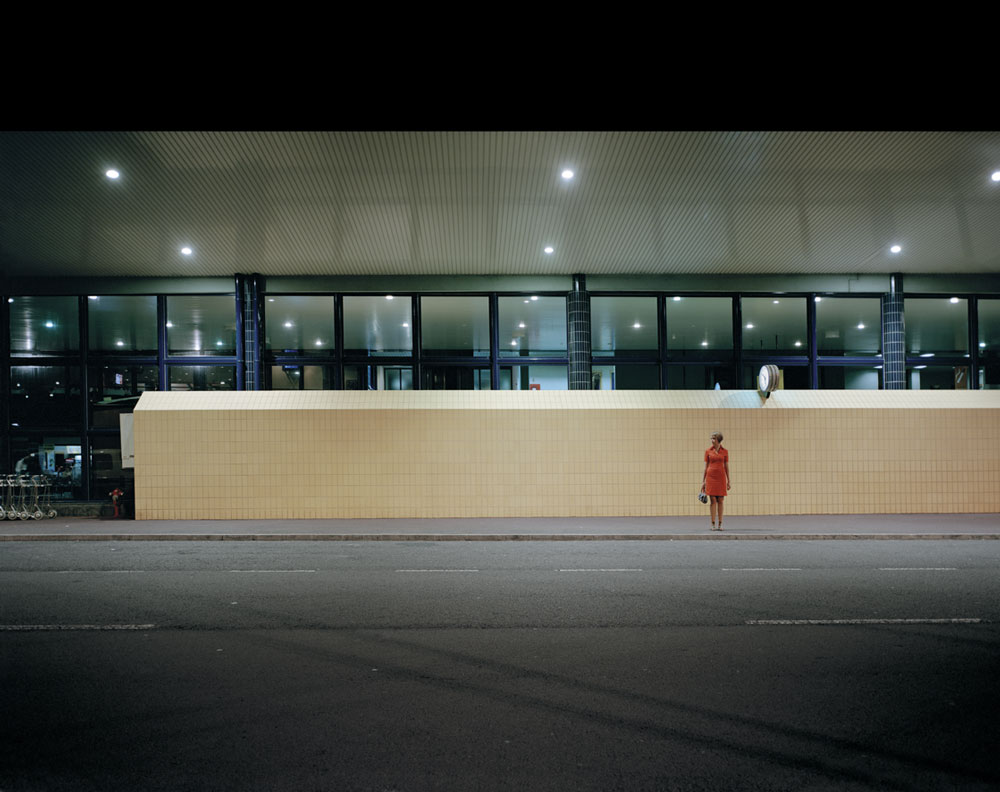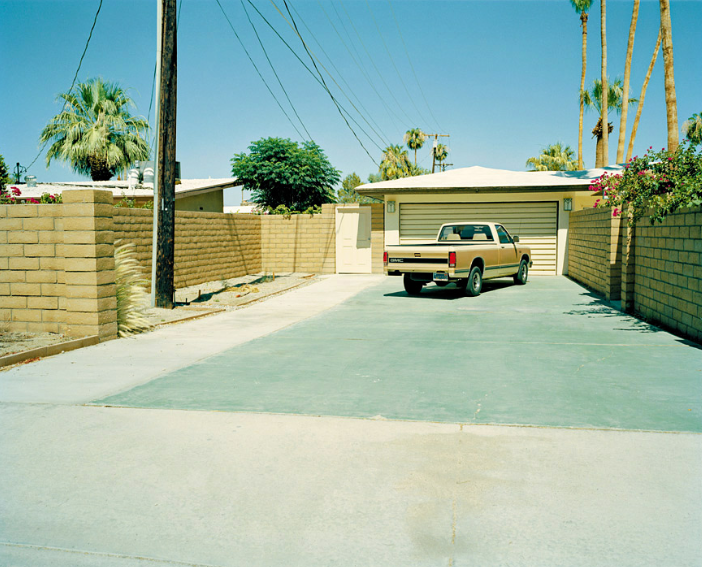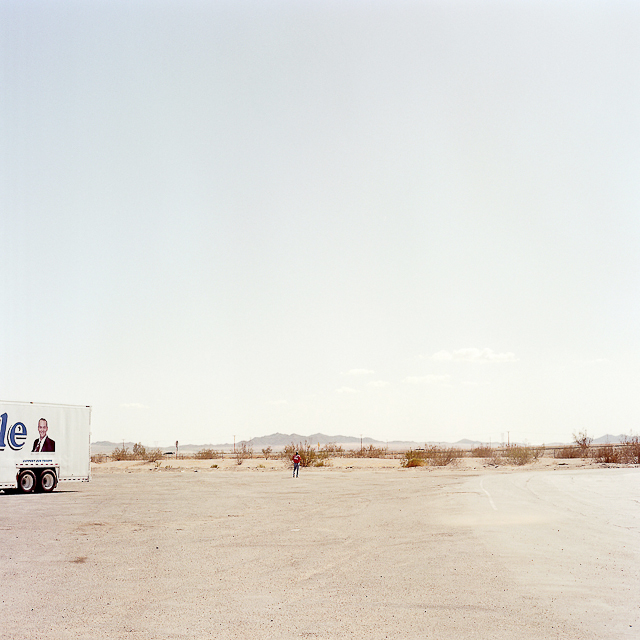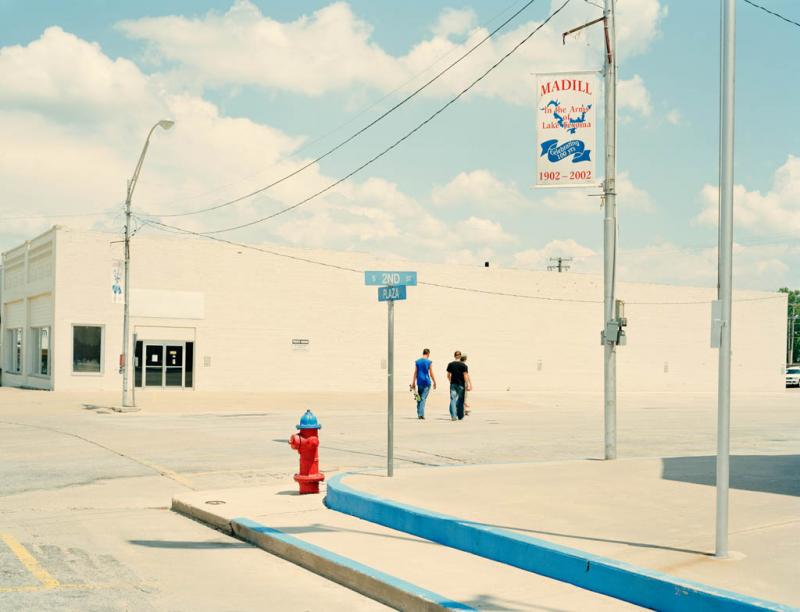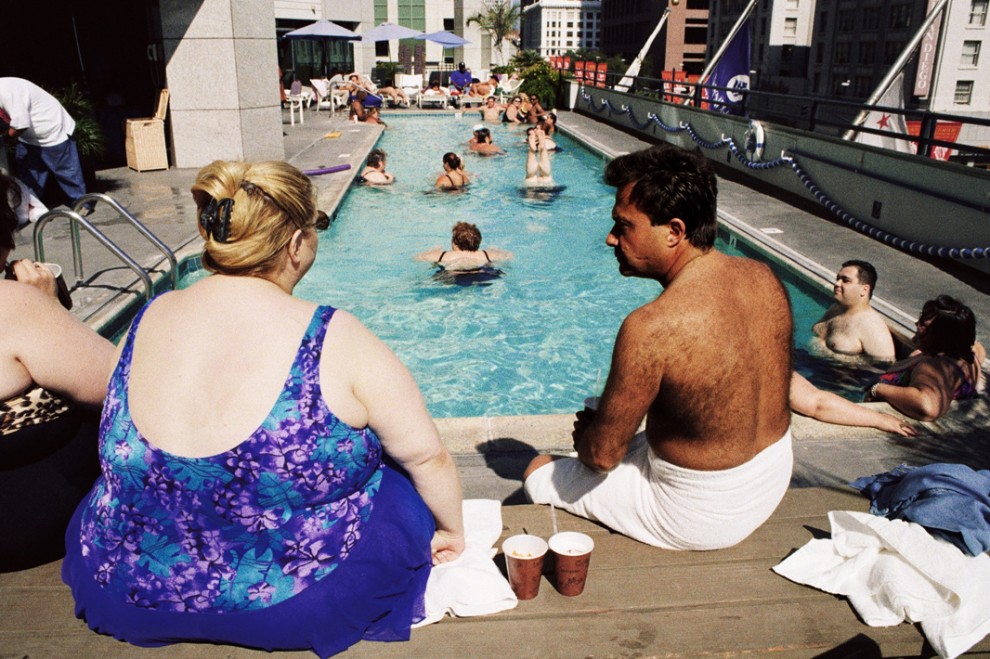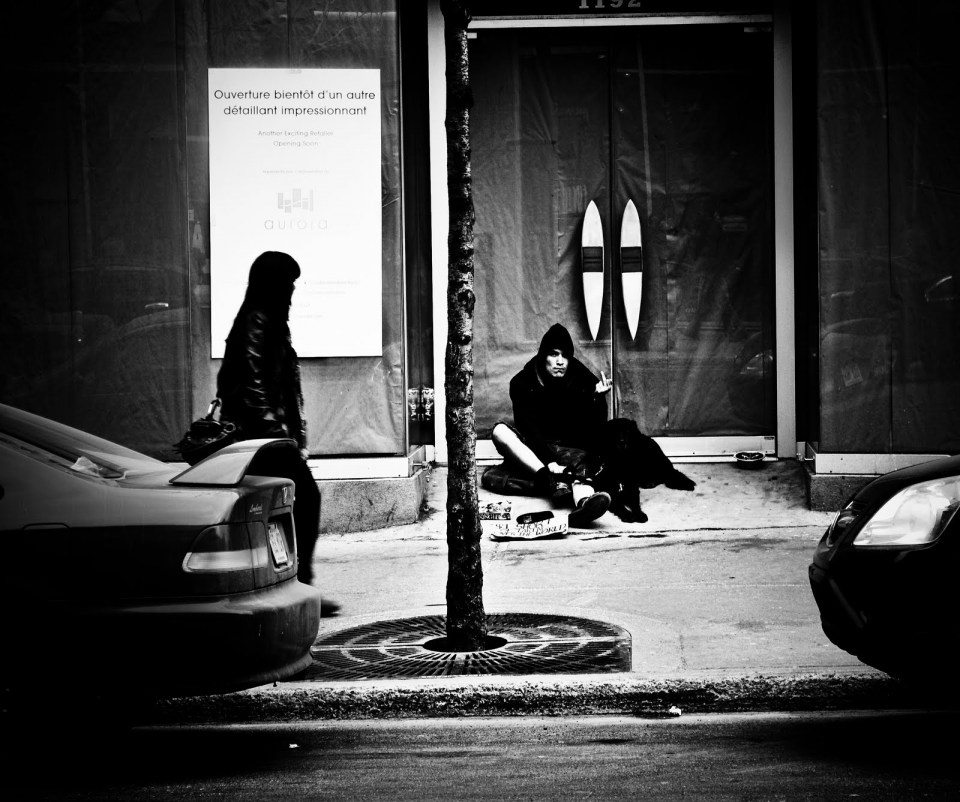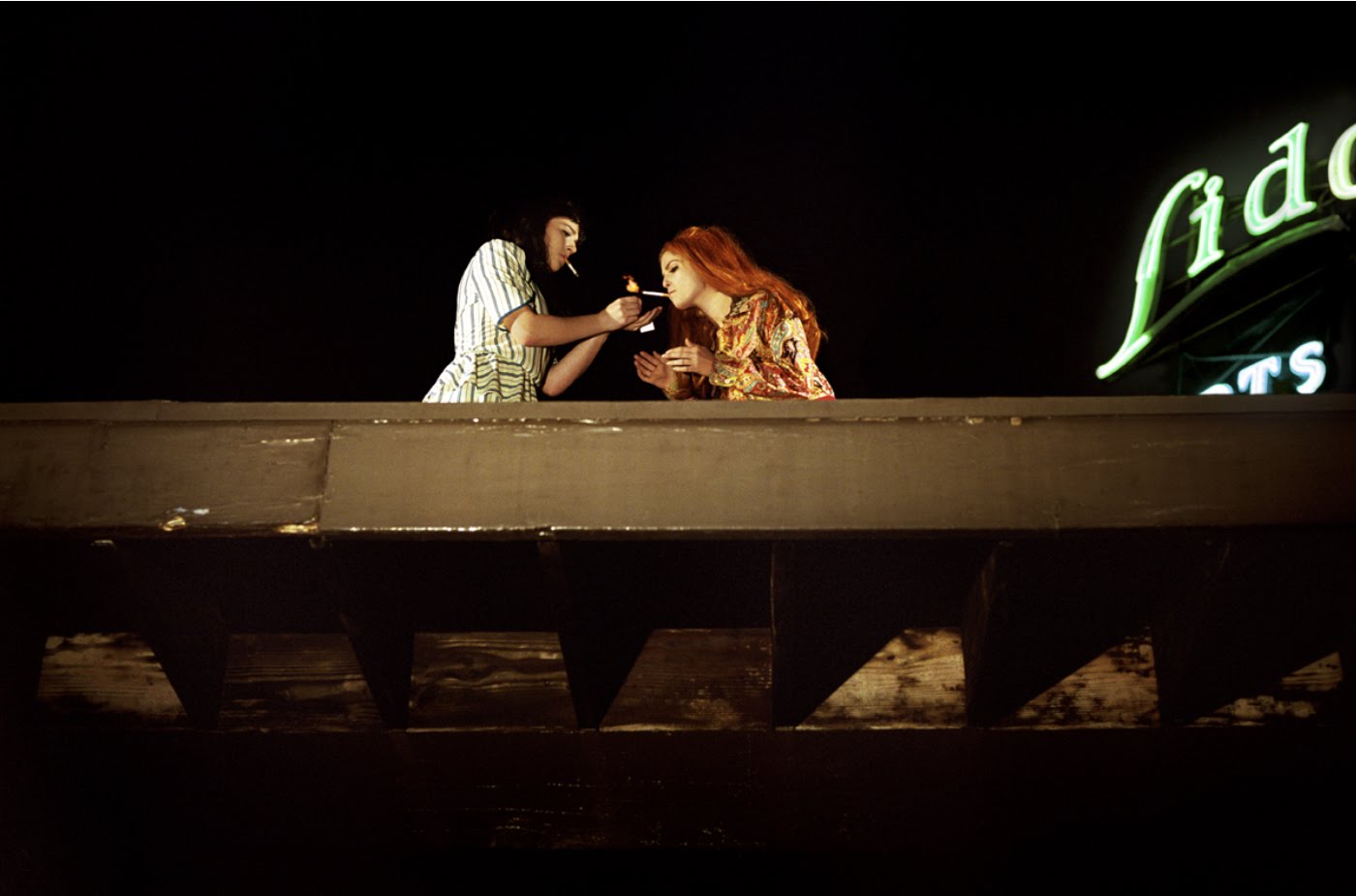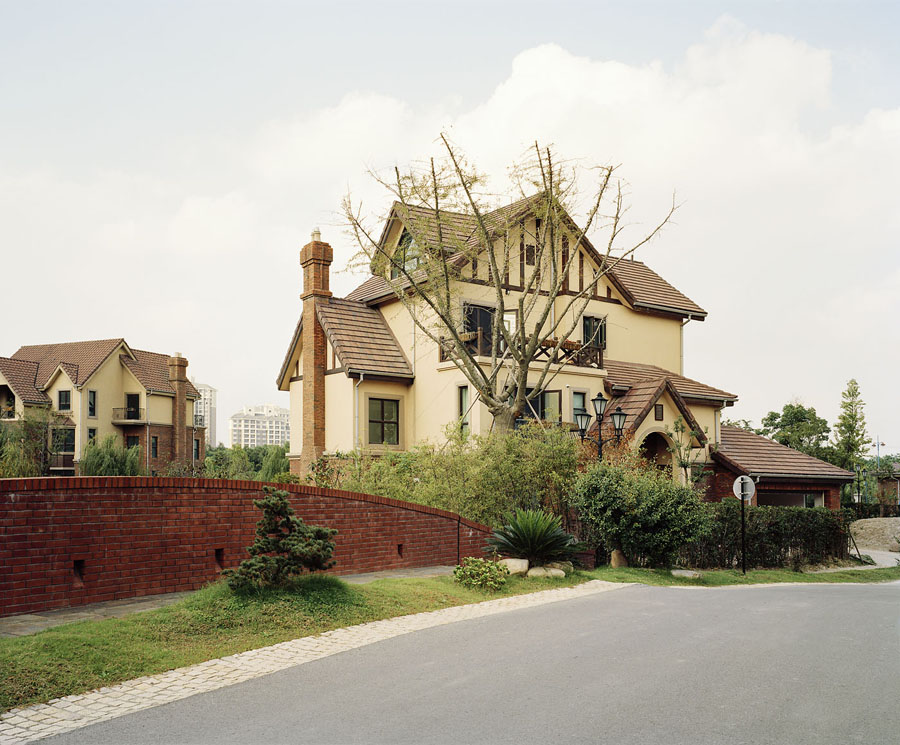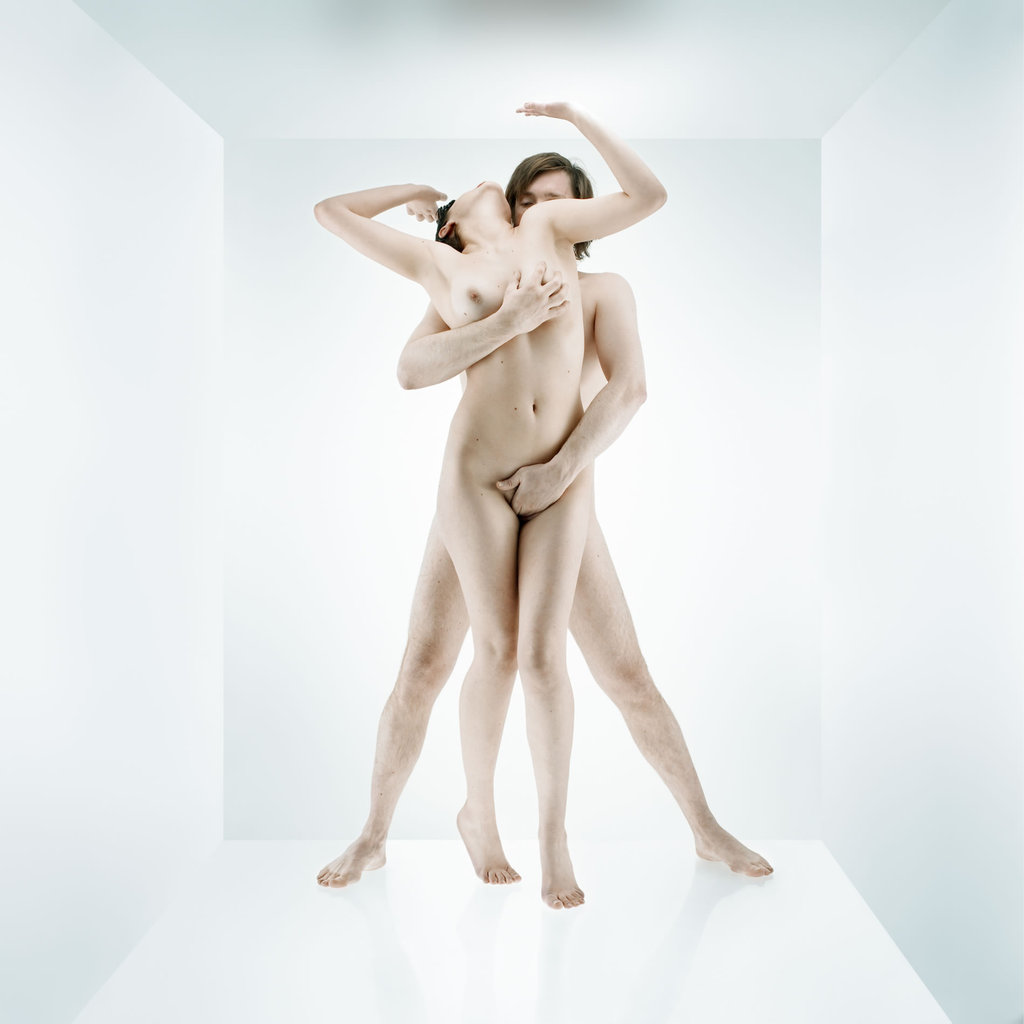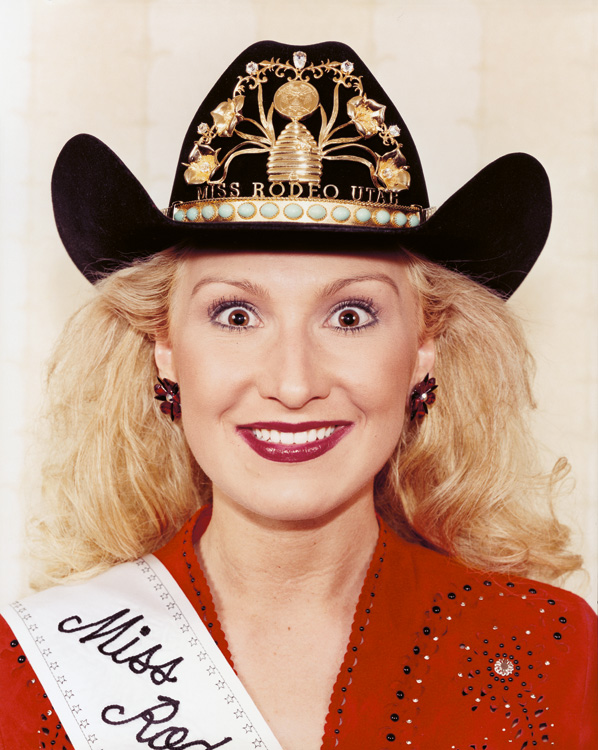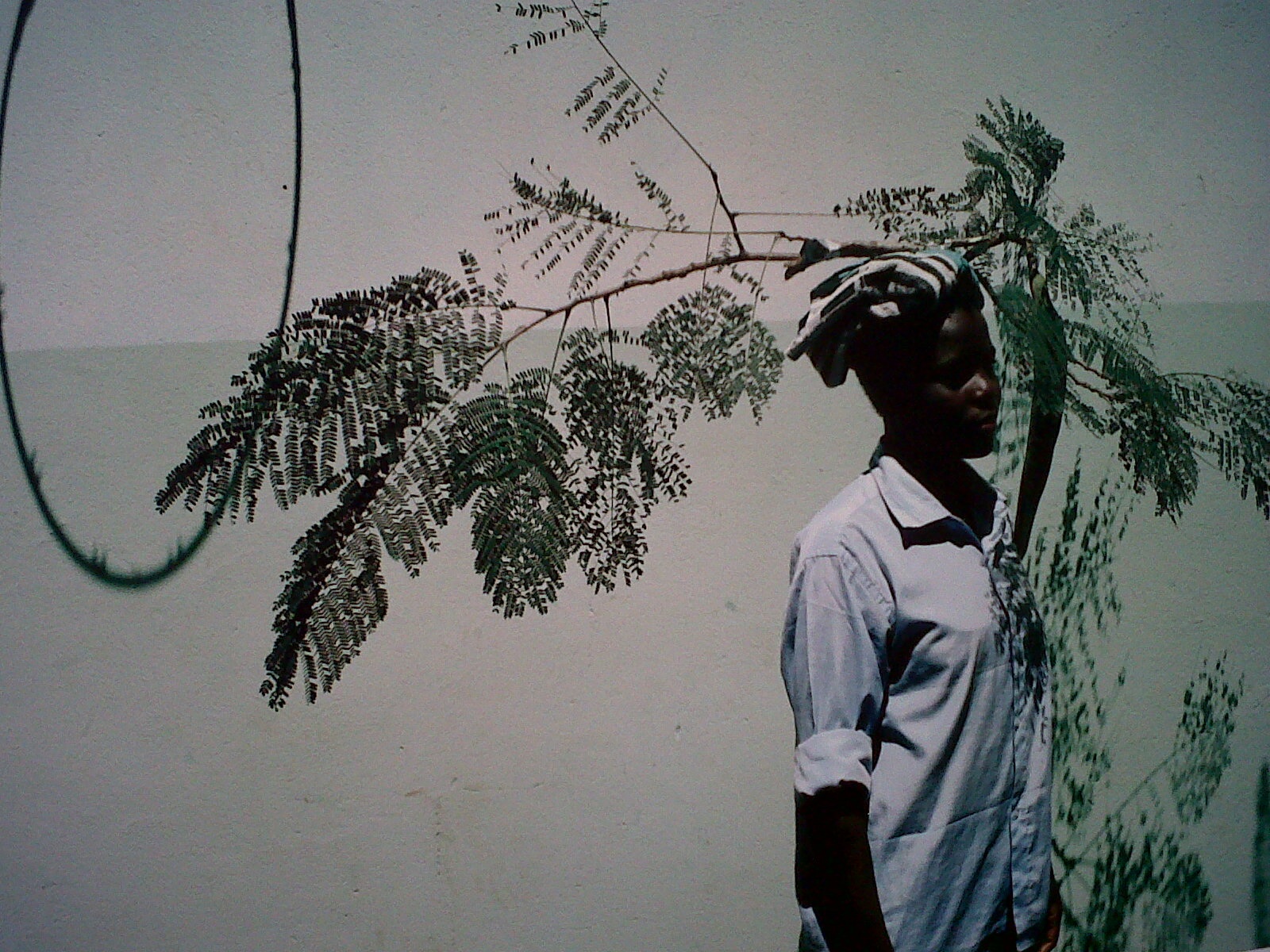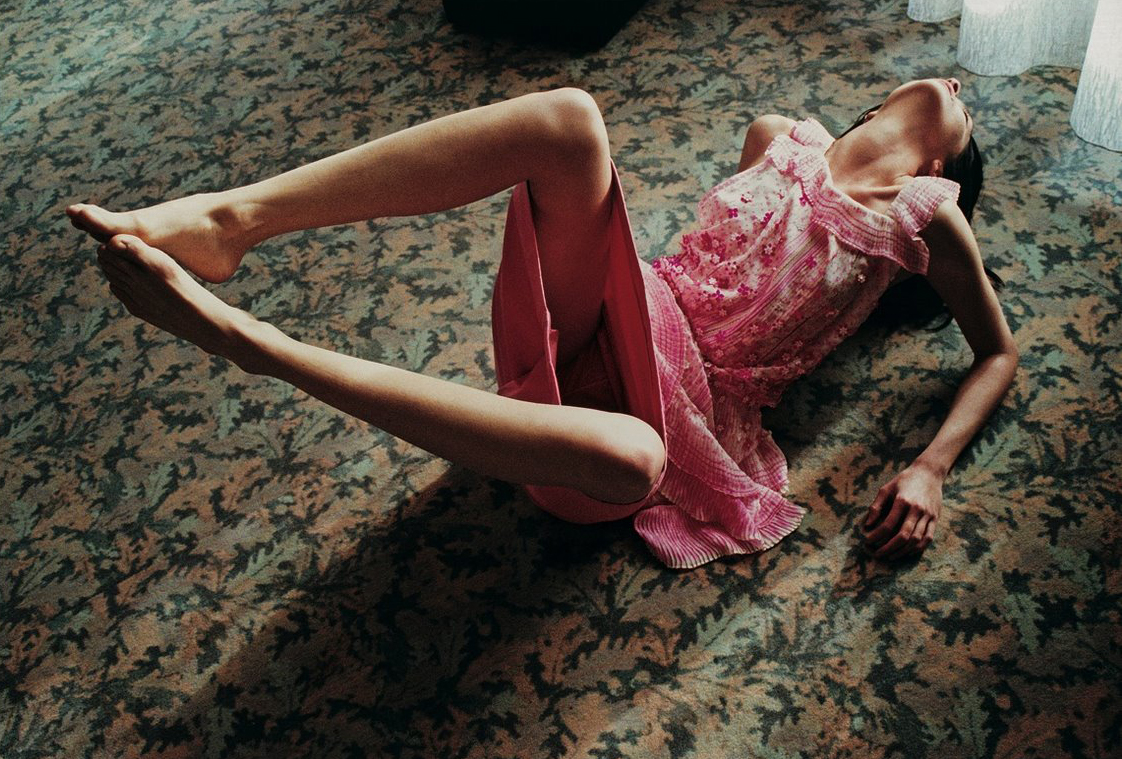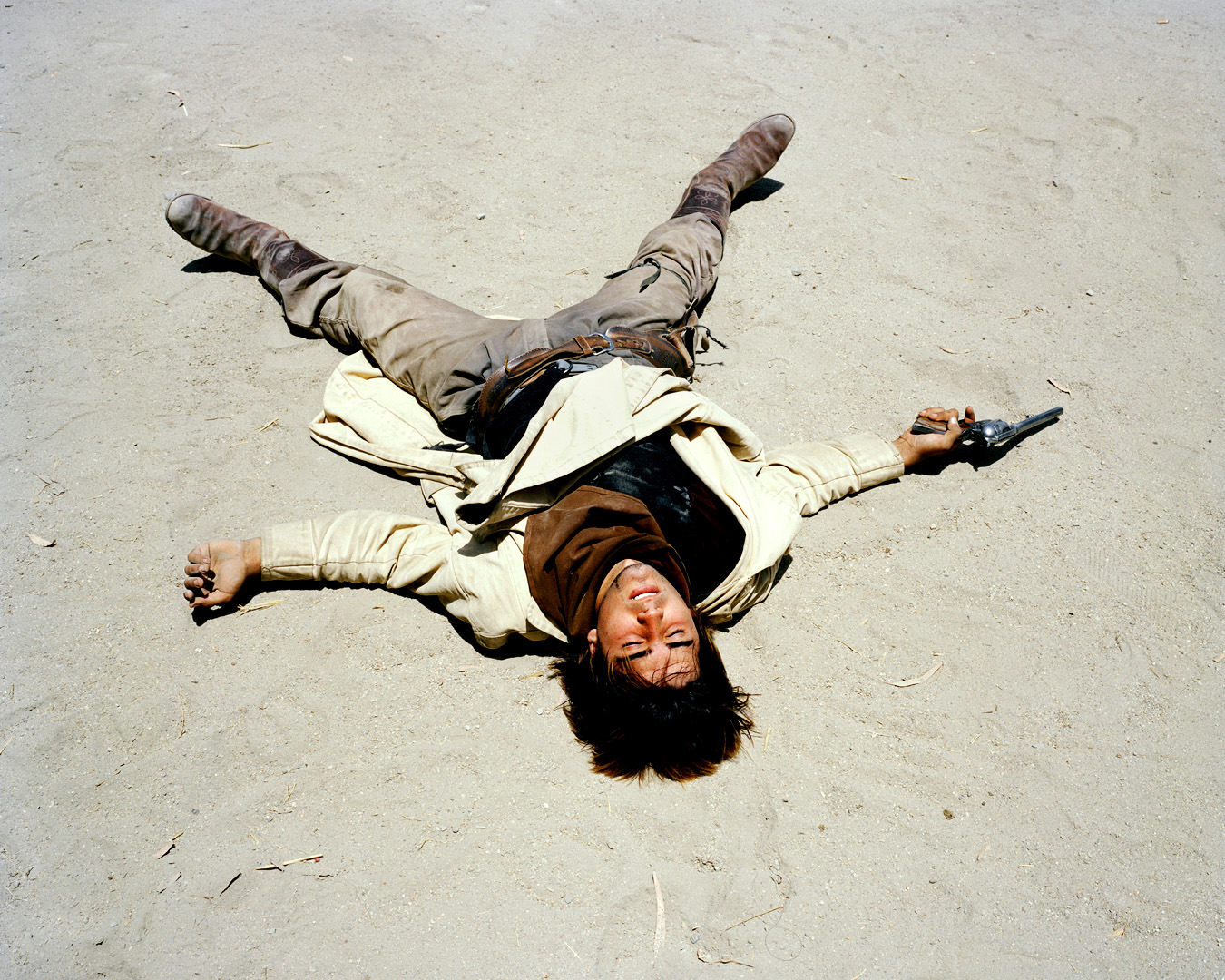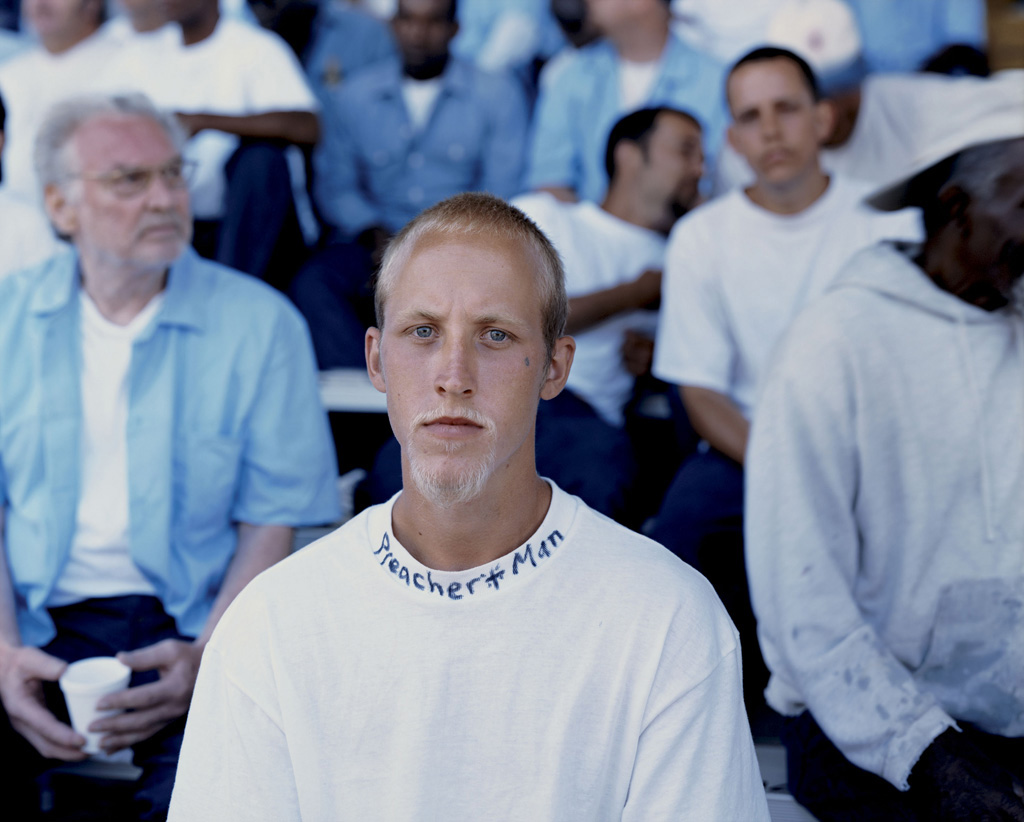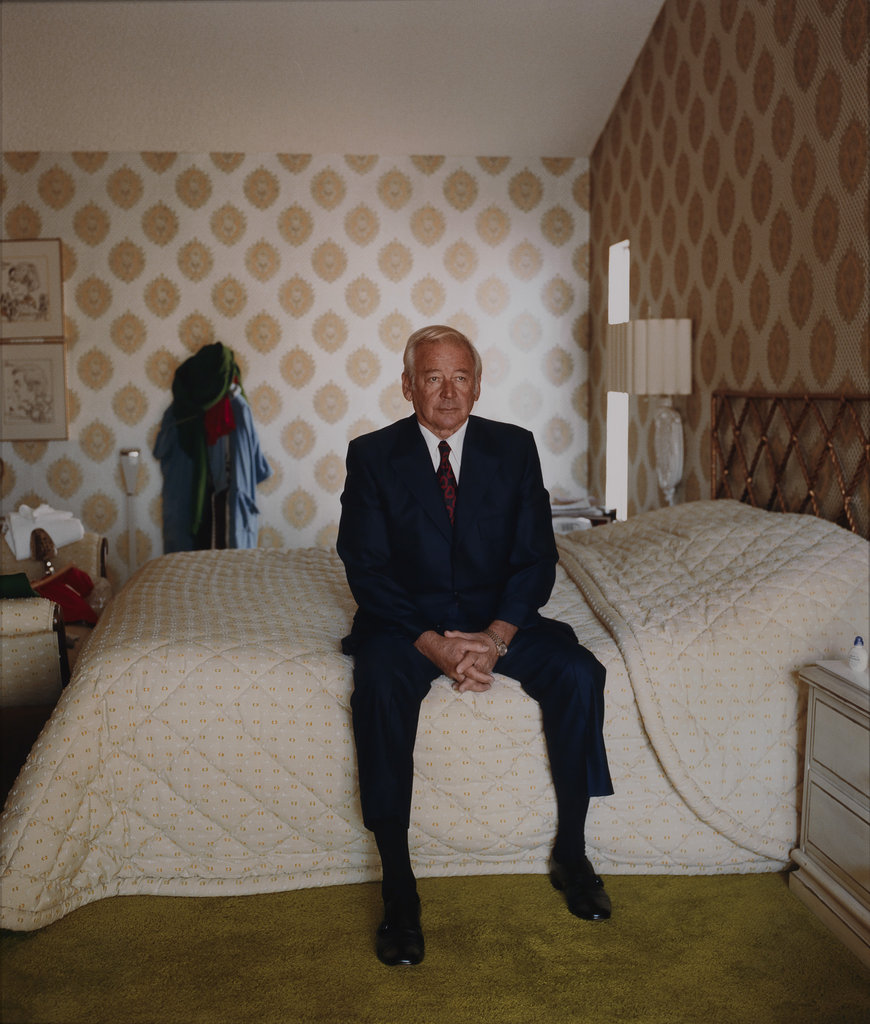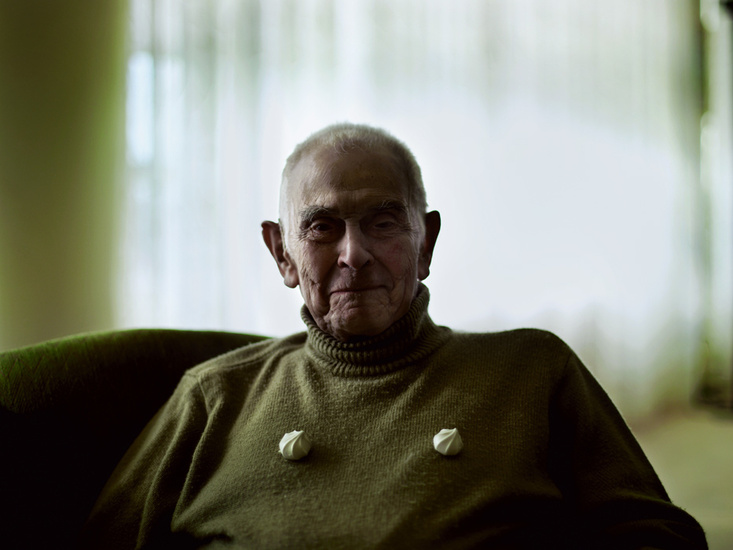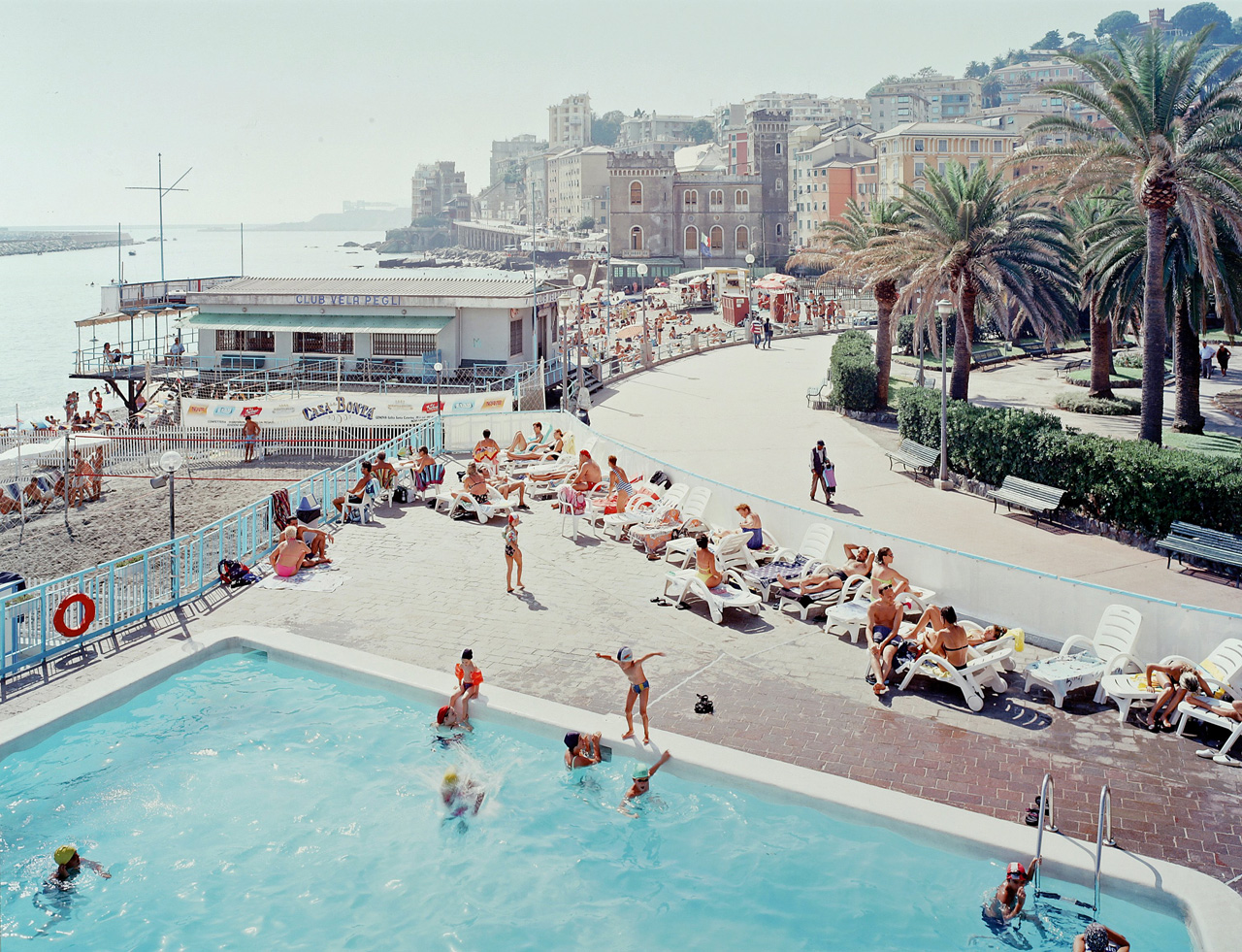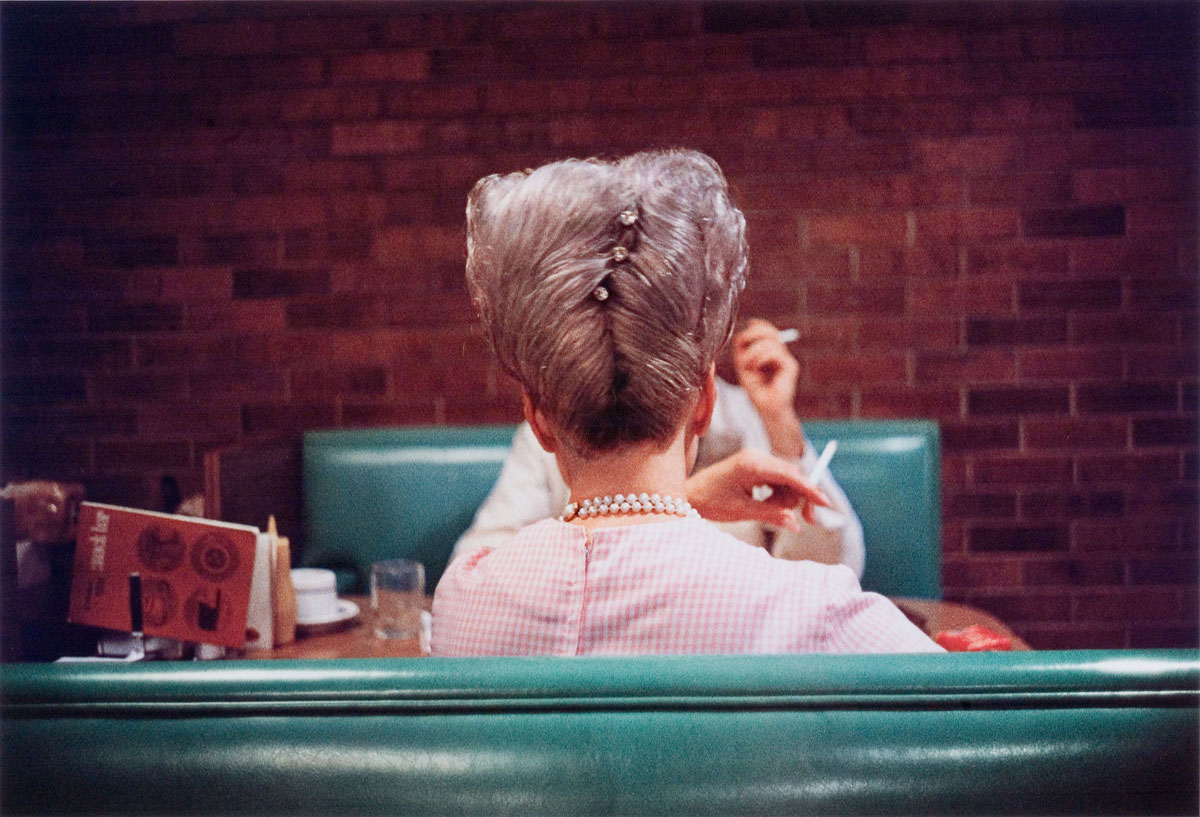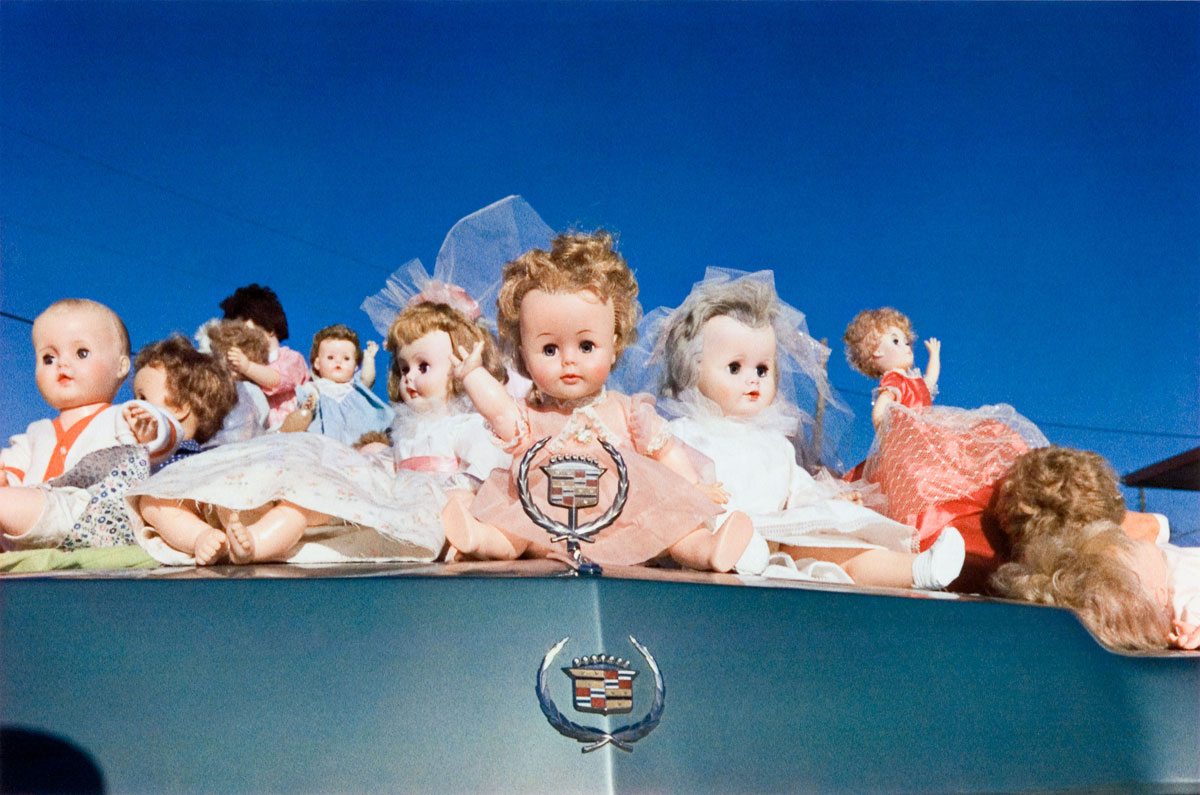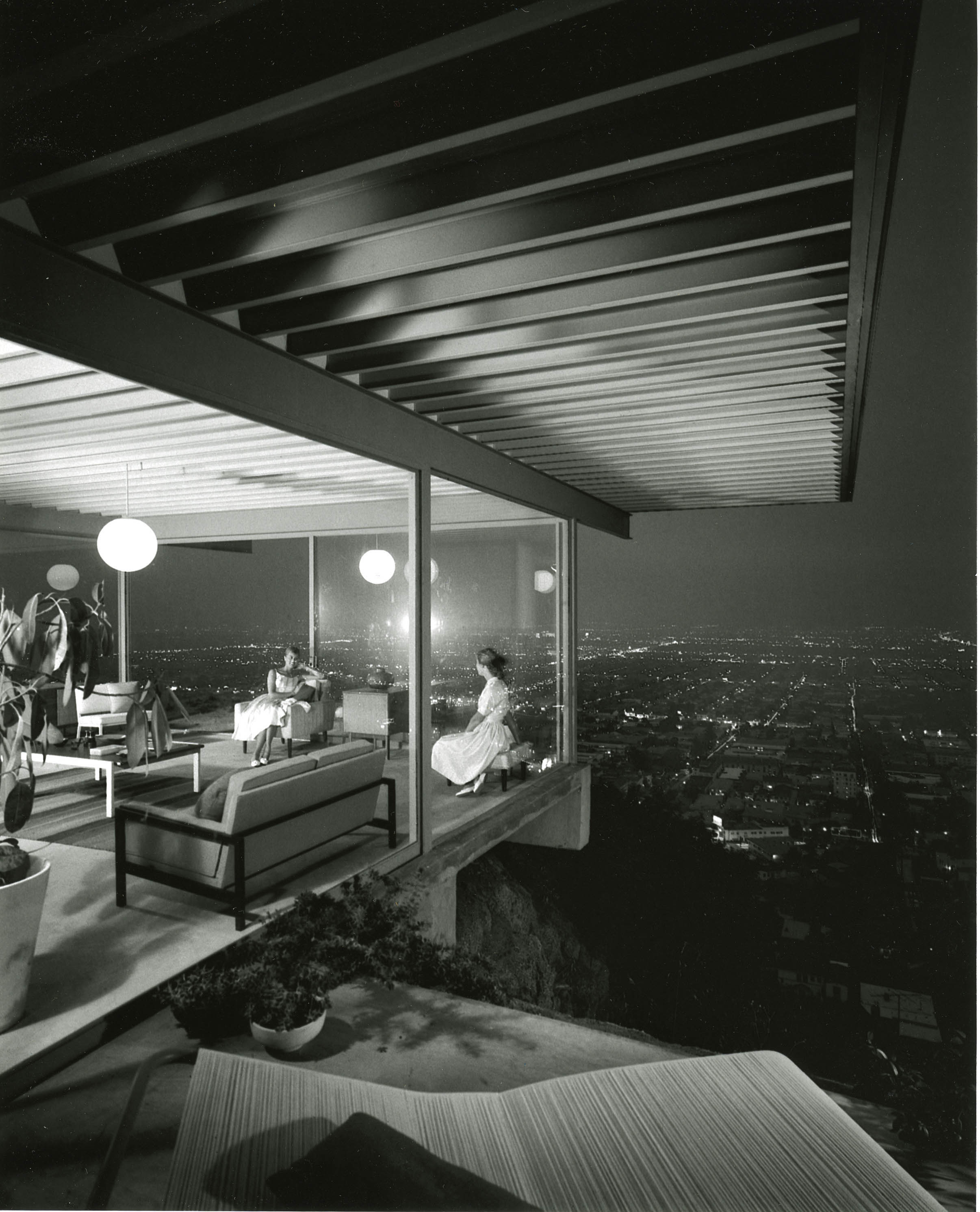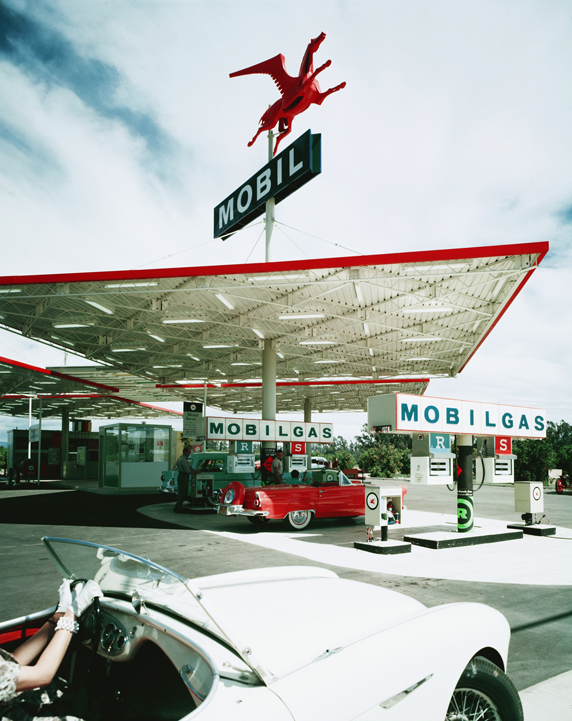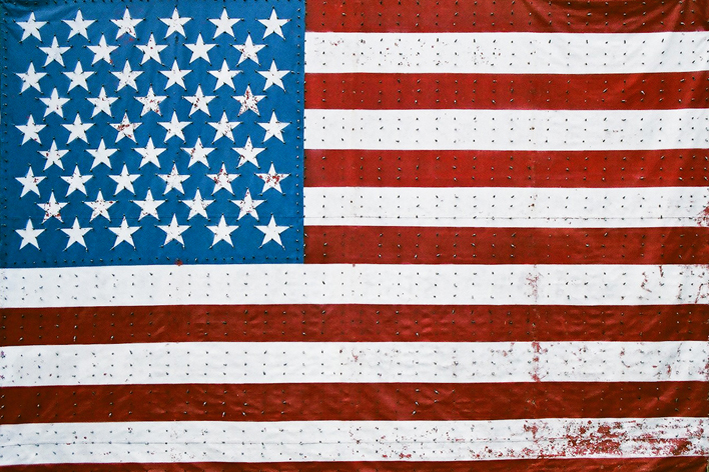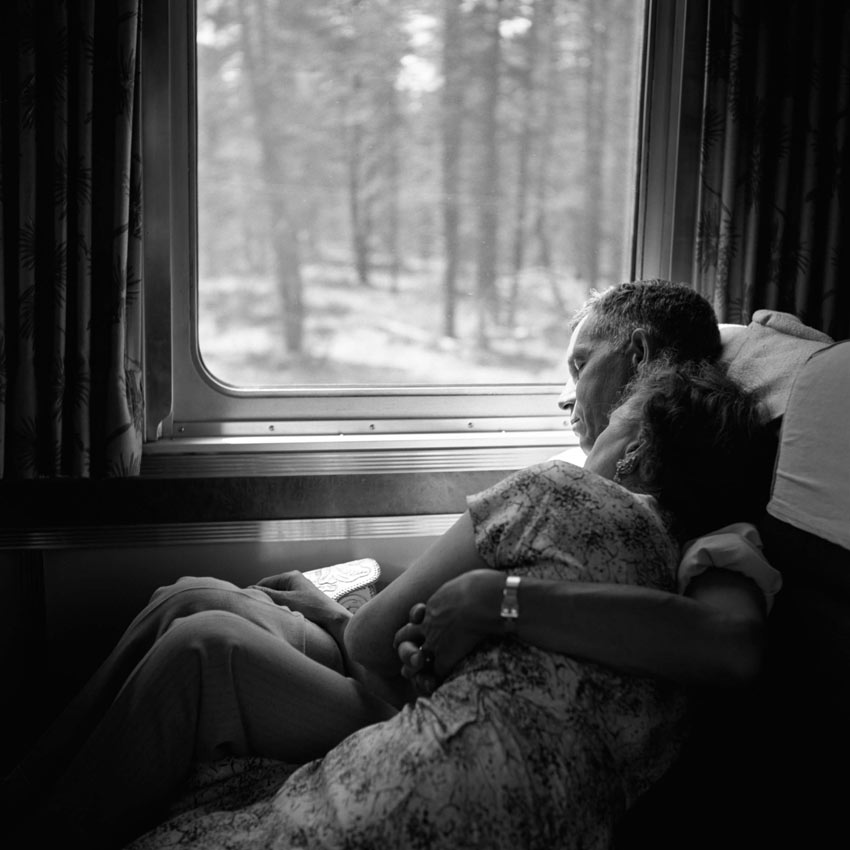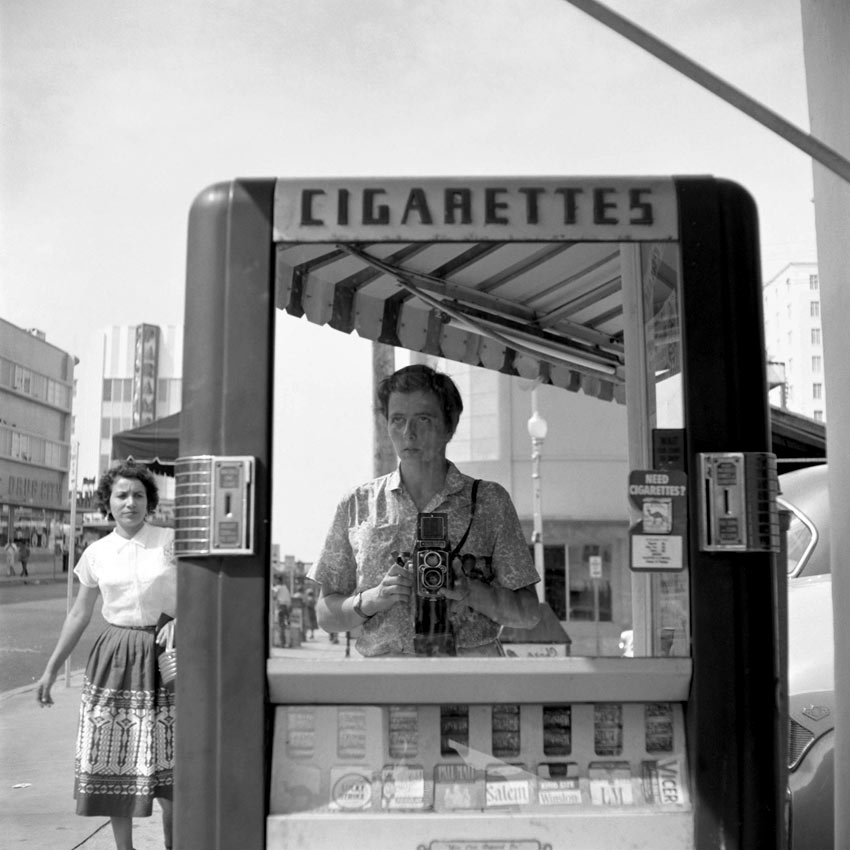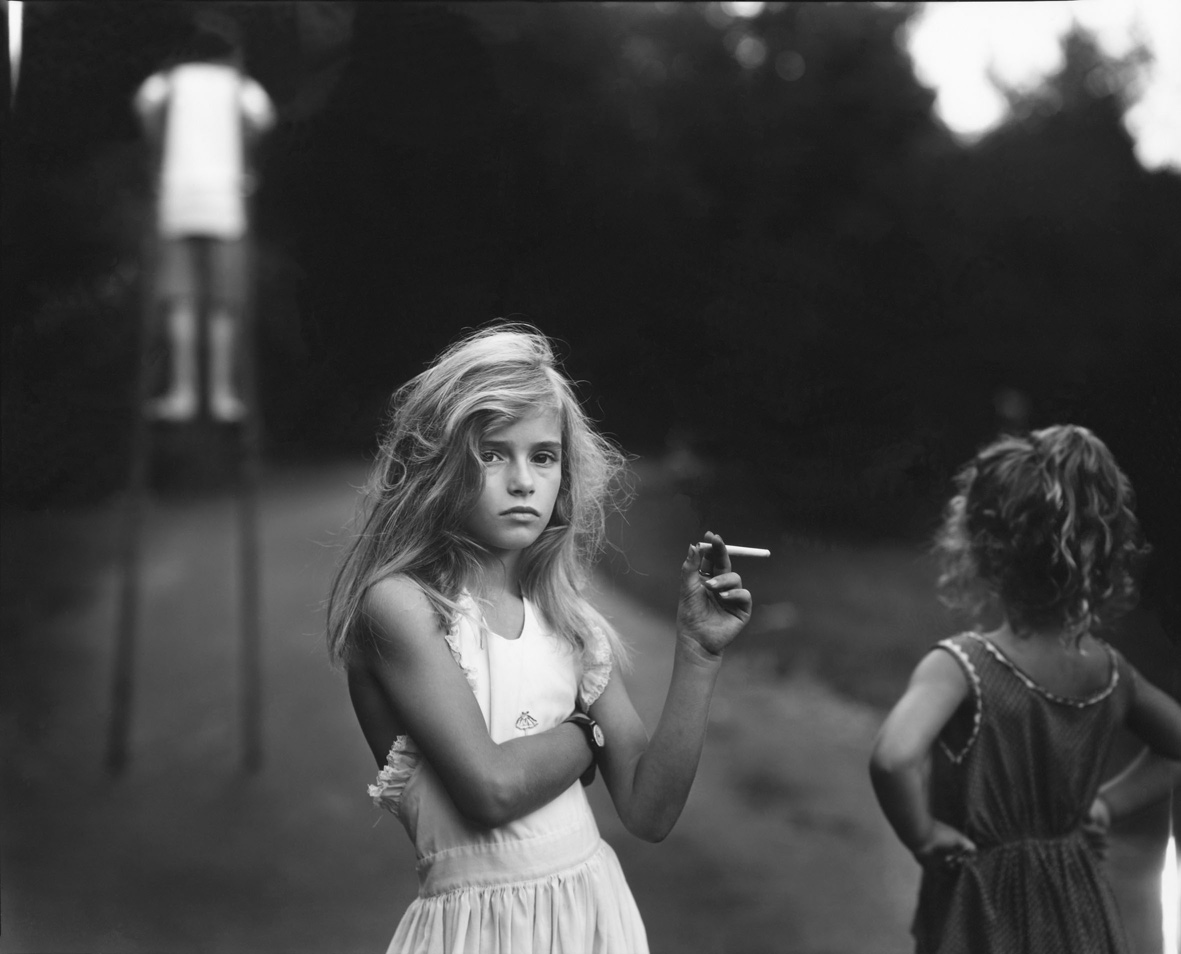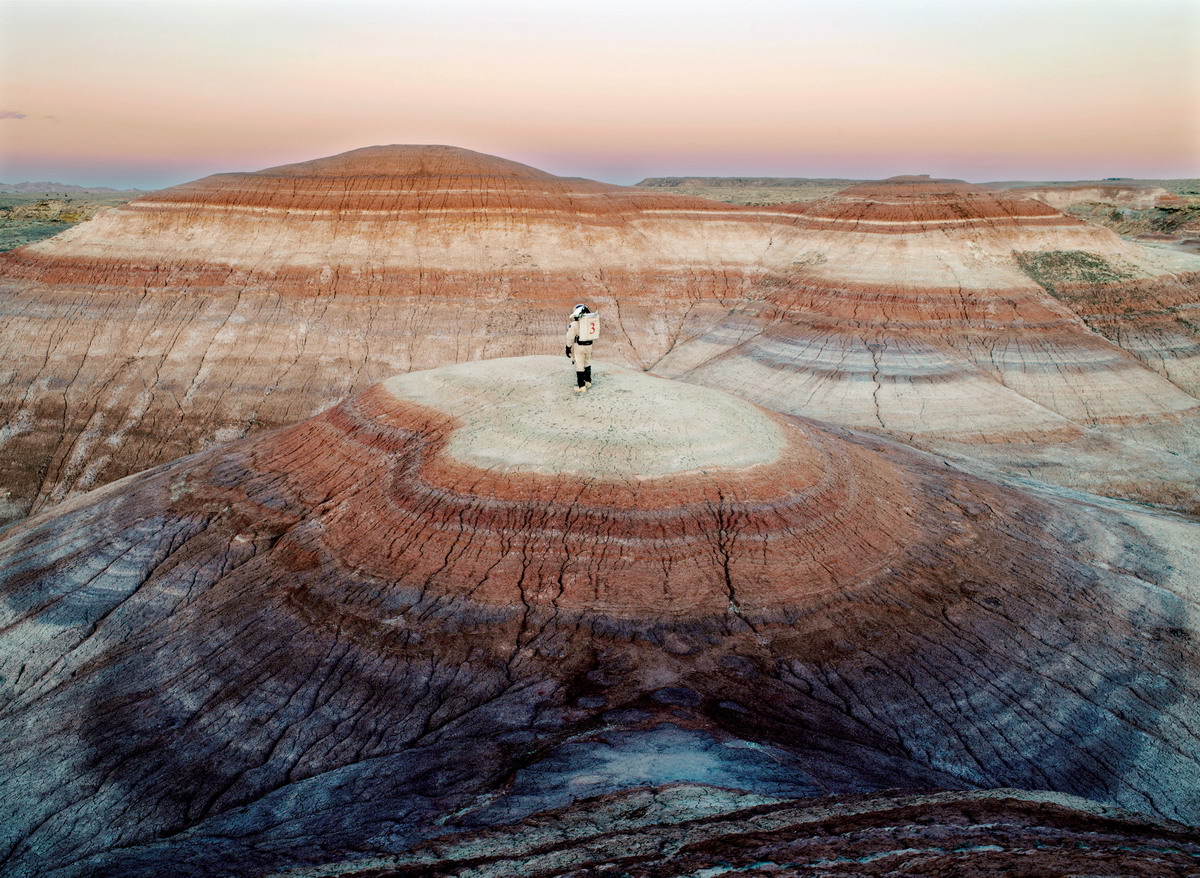I was asked by the editor of Trebuchet Magazine, at the start of this year, for a photography series to be published in tryptychs. Immediately I thought of my series LOST IN NEW JERSEY, and so, with the artist Peter Venner, we put together the following collection, which was published in 14 parts.
1
2
3
4
5
6
7
8
9
10
11
12
13
14
Along with the photographs, Peter wrote the following essay to accompany the series:
The framework which generated the seemingly natural, although institutionally created, opposites of critic and artist was established in the 18th century to provide the necessary basis for which art was conceived and understood.
In this system art services critics by perpetuating the view that the artist inhabits the site of silence, vision, transcendent spirit, emotion and intuition. By contrast the critic exerts this from the site of intellect, speech, judgement and rationale. In more recent times a postmodern sensibility has become established, one that aims to dissolve the assumed hierarchy through which critics' use of praise, blame, and explanation to reveal the meaning, and therefore truth and value of a work, is rejected as being a spurious and reductive division between theory and practice.
More common is the practice of placing a text alongside a work with the intention that it be complementary as opposed to being supplementary, of course this is the intention here.
Common readings of photographs, readings shared by members of a society are reached through the intermediary of an ethical and political culture, but this doesn’t account for the personal readings of photographs, meanings that are unpredictable, private and not easily communicated. This experience, as if a detail attains distinct ‘focus’ against the background of less distinct information, happens when in the presence of fantasy; fantasy being an imaginary sequence where the subject plays a part. Ultimately meaning must come to rest somewhere, but what is it that sets the boundaries for the meaning of photographs?
The use of psychoanalysis in the interpretation of photographs and in the interpretation of photographer’s actions is now a widely accepted approach to establishing the meaning of photographs and is worth consideration here.
In brief, psychoanalysis is concerned with establishing that the ‘real’ (material reality, the real world) is not all there is; there are unconscious factors, memories and wishes that play an equally important part in our daily lives as material reality and this cannot be overlooked in any attempt to establish the meaning of things. Unconscious fantasy structures exert as actual an influence on a person's perceptions and life as does, for instance, such a force as the socio-economic conditions under which a person lives.
The key in applying psychoanalytic theory to the interpretation of photographs is in the position of psychoanalysis in not recognising a state in which the ‘real world’ exists, that is to say of approaching life in an unambiguous, lucid and self possessed way where things are perceived ‘as they are’.
‘Reality’ is only available through representation; no reality is known outside of representation. In the same way meaning is never simply ‘there’ for consumption but instead is produced in a process of substitution of one term for another in a potentially unlimited series. This is C. S. Pierce’s notion of unlimited semiosis and Derrida’s différance. In psychoanalysis there is no convenient division between normal and abnormal behaviour and this concedes truth as subjective and meaning as constructed.
Common fantasy structures contribute to constructing reality in the realm of representations (photographs), consequently and crucially there is no question of freeing representations (reality) from the determinations of fantasy but there is a benefit in the awareness of the agency of unconscious fantasy in the creation of representations.
Fantasy is perpetual transformation which doubles back on itself to repeat, but differently. This movement describes not so much a circle as a spiral that perpetually advances into new territory whilst simultaneously tracing the same figure. This metaphor fits the practice of photographers driven by fantasy, forever chasing the image that will finally satisfy the fantasy, but which, inevitably, is never found or 'captured', but very nearly many times. The process is characterised by the discharge of free energy by the most direct and rapid model available; the drives pursue their adventures by whatever metaphoric or metonymic routes the purely formal characteristics of the signifiers allow them, routes which are potentially innumerable and limitless. Photographic images and indeed the pursuit of photographs as well as the very notion of photographer may perhaps serve to regulate and organise the otherwise formless displacement of desire much as fantasy does. Fantasy then is a staging of desire and the process of photography provides a unique opportunity to act out, repeatedly.
On a different thread, common photographs - photographs that seem only to need common sense to establish their meaning - seem to fit naturally with the concept of hieroglyphs in that their form is fixed like a hieroglyphic symbol and that they seem to remain outside the purview of theory. This likeness is exemplified by a common claim that certain photographs have a significance which transcends their literal content, which may or may not be expressed in words. This concept is particularly strong in Humanist photography through what is known as ‘the decisive moment’. In a roundabout way this idea of the pregnant moment appeared in painting earlier in art history and earlier still in sculpture as the idea that art’s highest calling was to depict human expression in its ideal, all encompassing form. What results is an assumption of discursive clarity. The concept of hieroglyphs functions in exactly this way; the hieroglyph is an unambiguous symbol – meaning is set and communicated without difficulty.
In Egyptian culture hieroglyphs offer the chance of communication between the two worlds of existence; earthly existence where communication is through the ambiguous system of language and the perfect upper world where communication is unambiguous and instantaneous, through the medium of ‘vision’. Interestingly this idea runs through this period of history and into Christianity, where God, who inhabits the heavens, communicates through visions in supposedly unambiguous ways. Even today religious experience in Christianity and religion in general, is characterised this way - as a kind of pure experience attributed as a gift from or privileged momentary access to the upper (spirit) world. The moment fails to endure but lives on as personal legend and is recounted and re-lived this way. A parallel may be drawn between this process and assumptions made about photography and certain photographic practices that may shed some light on the motivation that drives photographers to make and present multiple photographs in such series as ‘Lost in New Jersey’.
